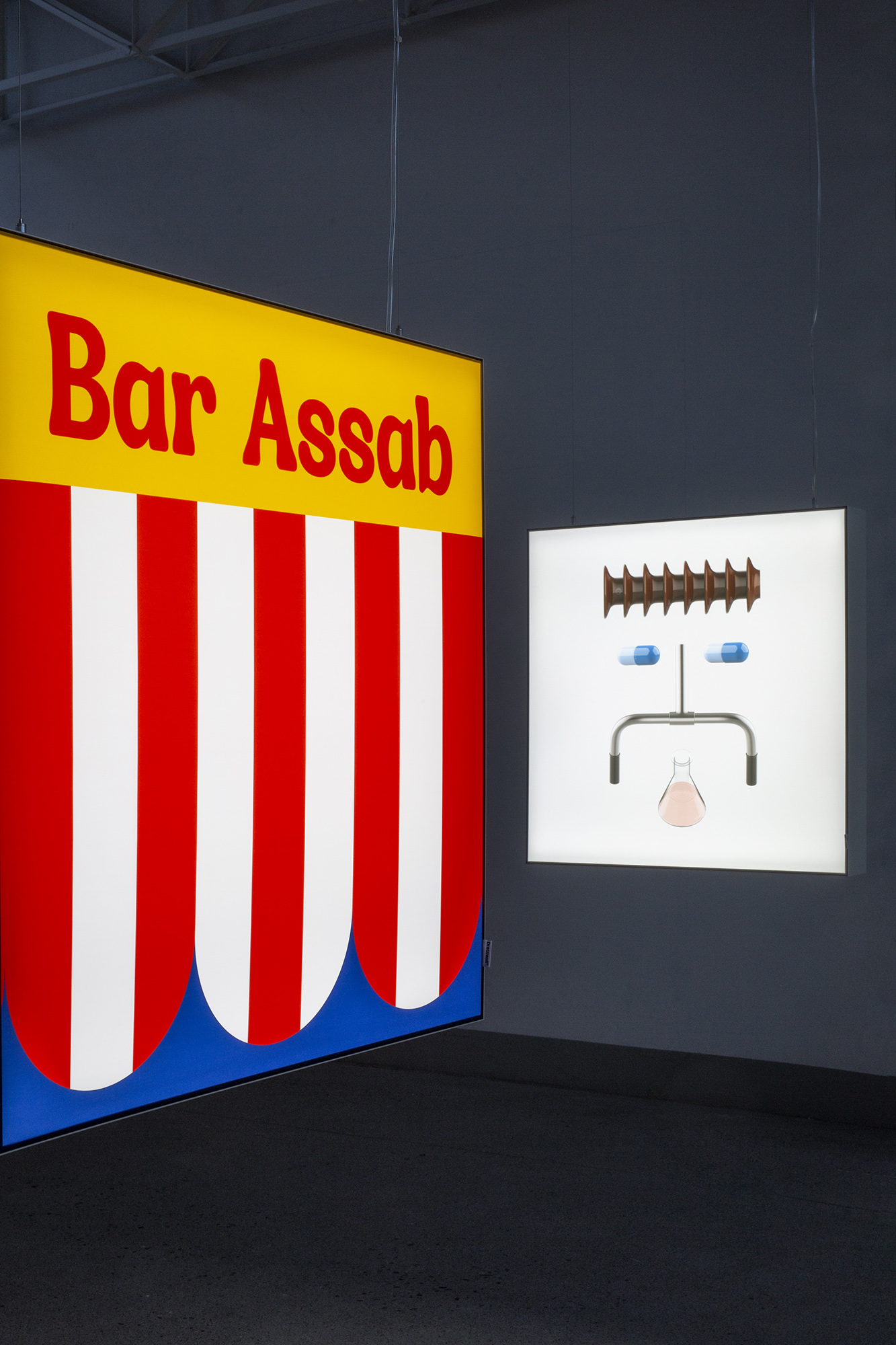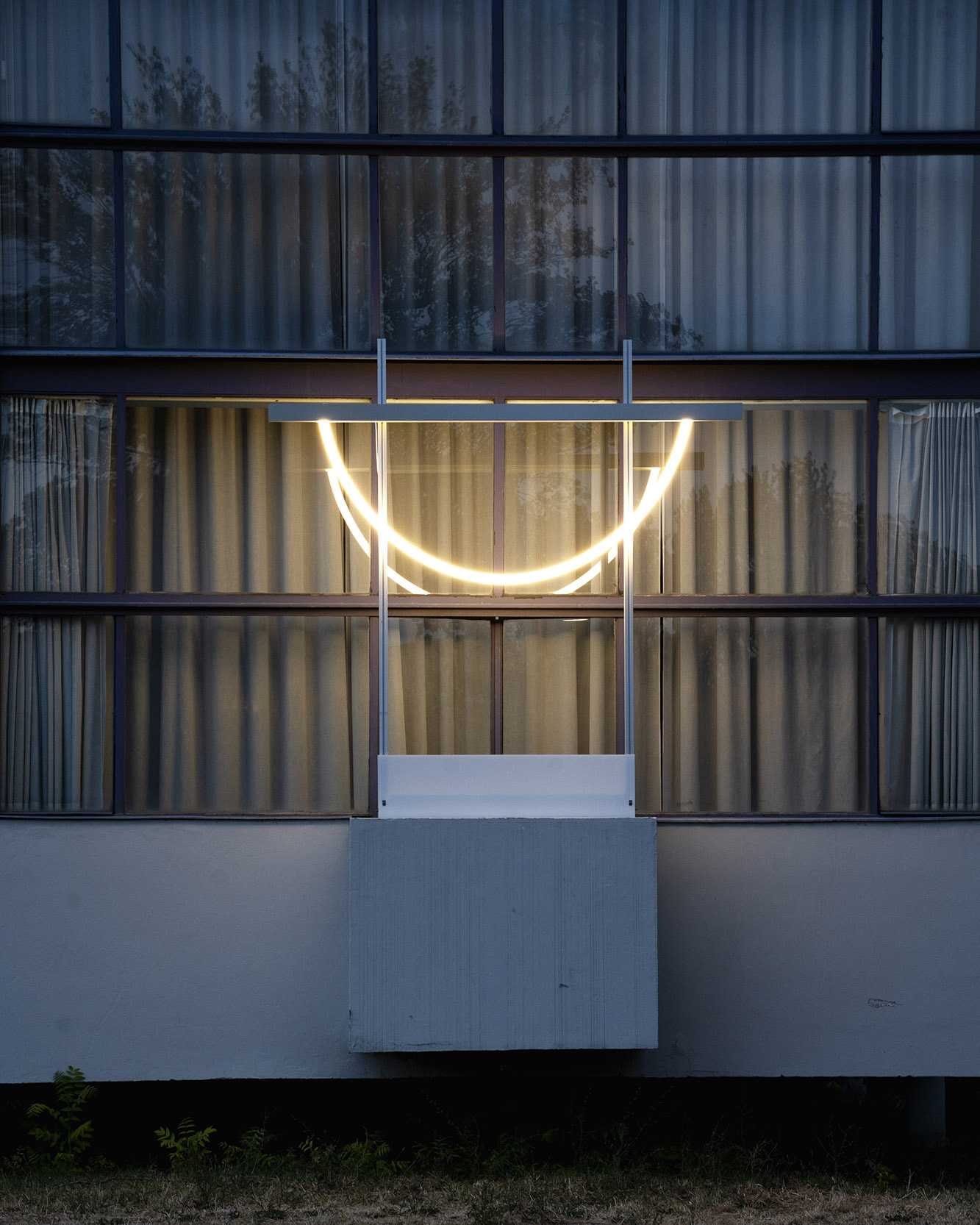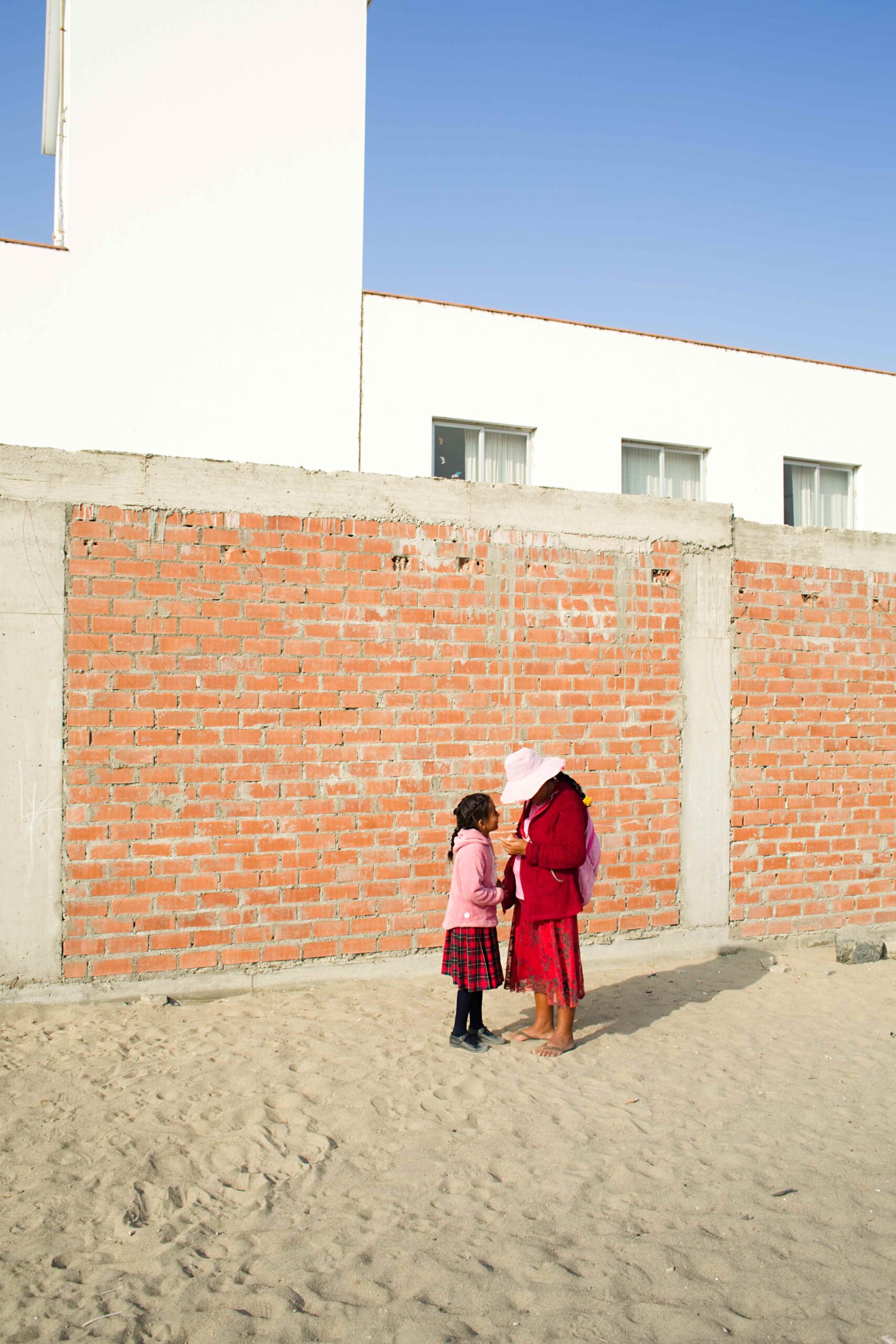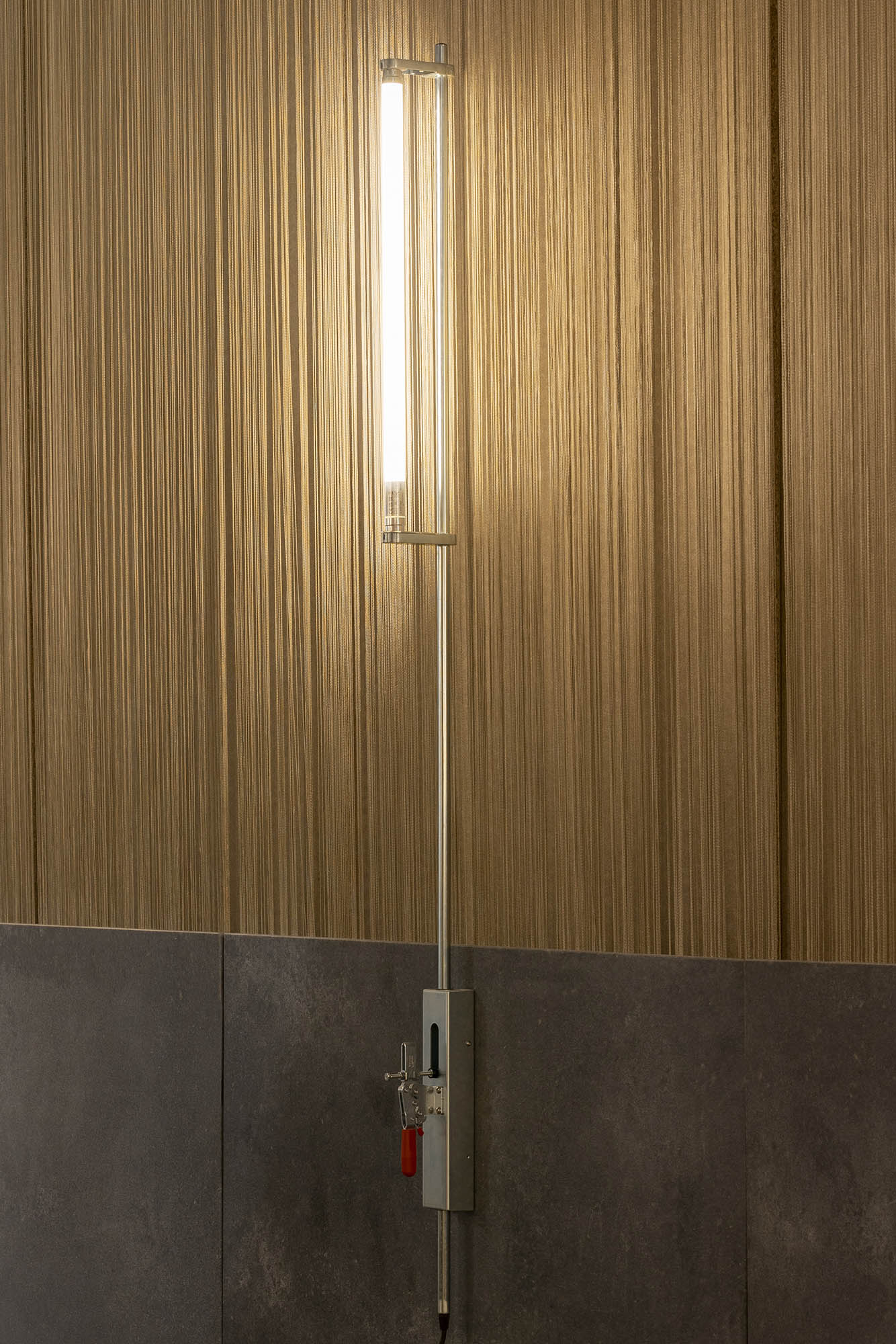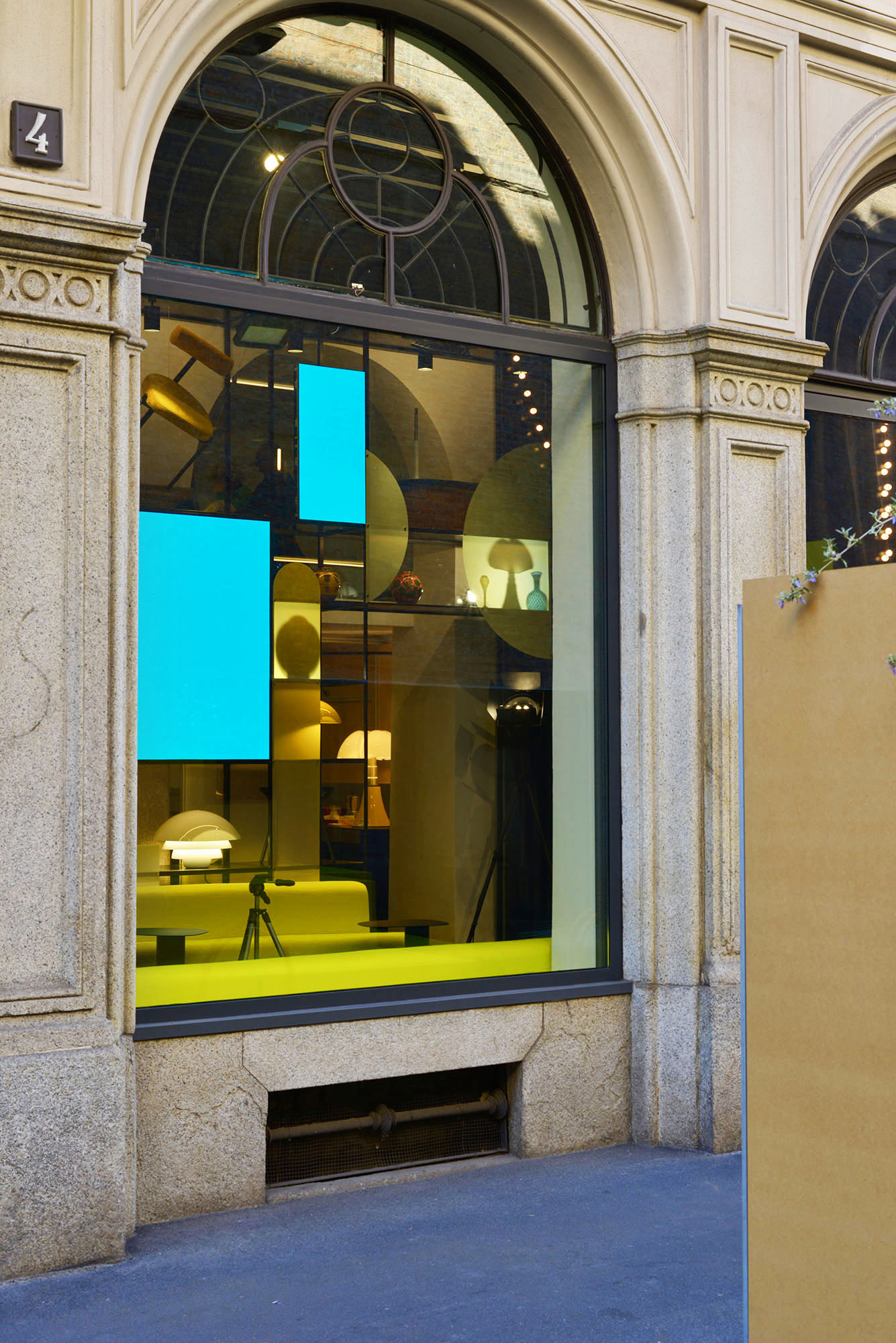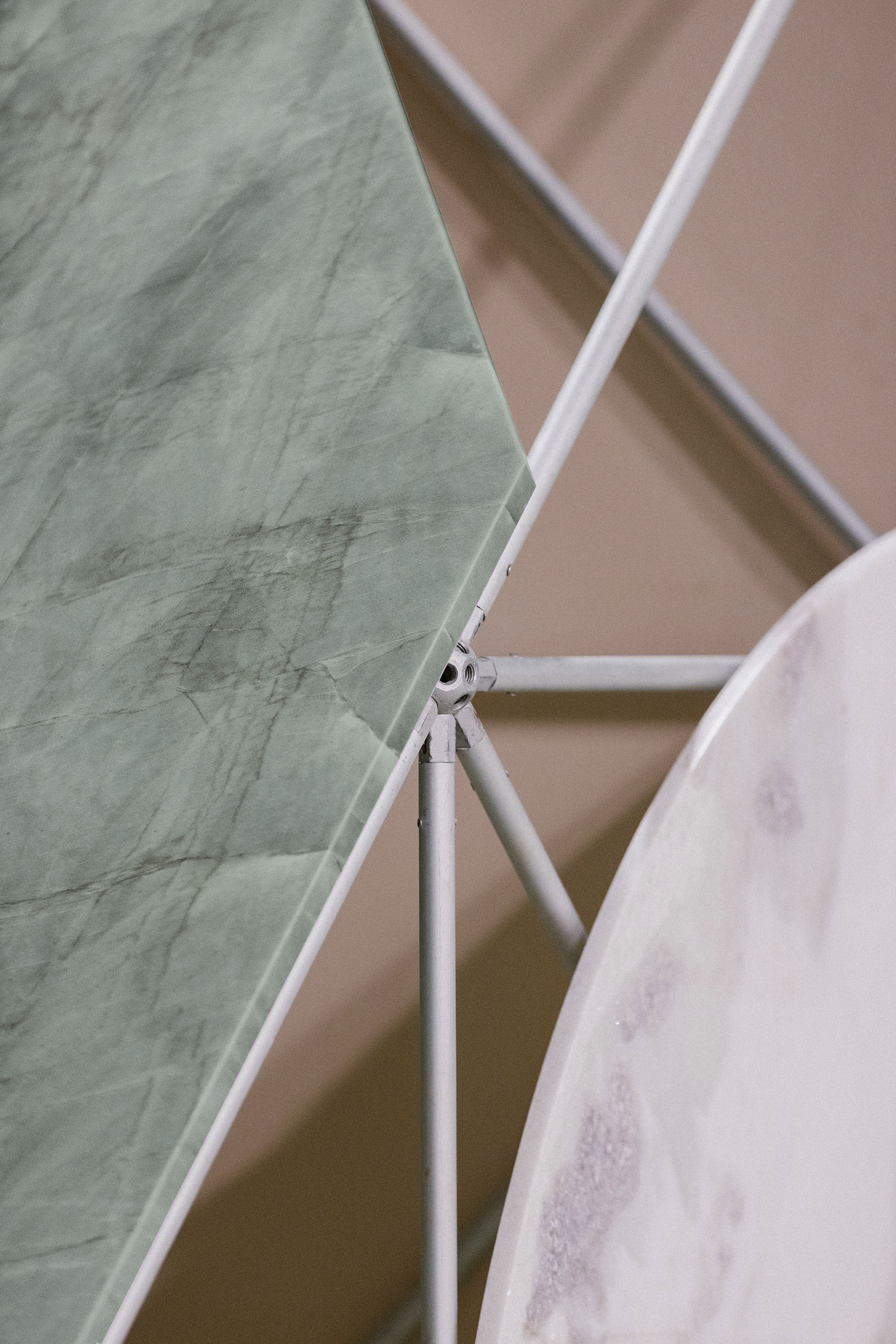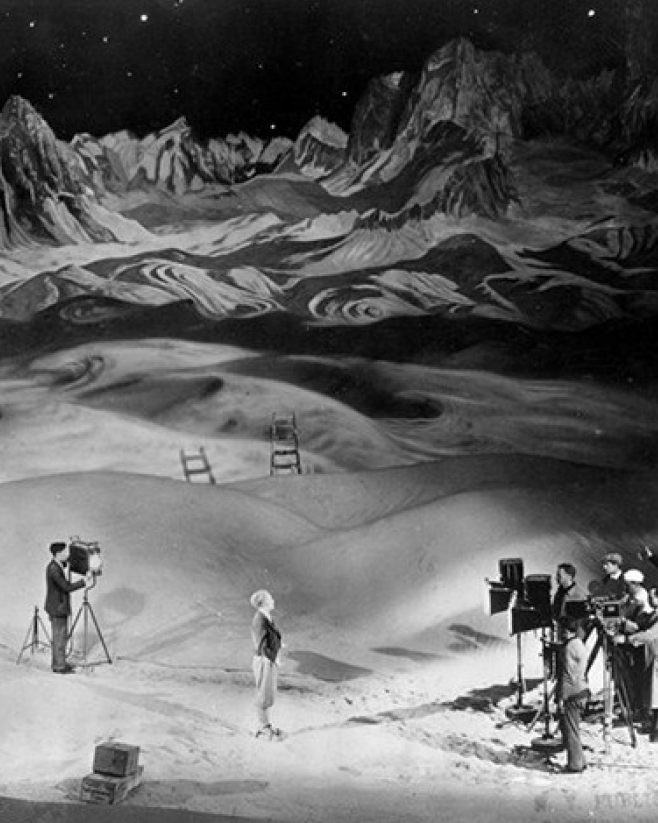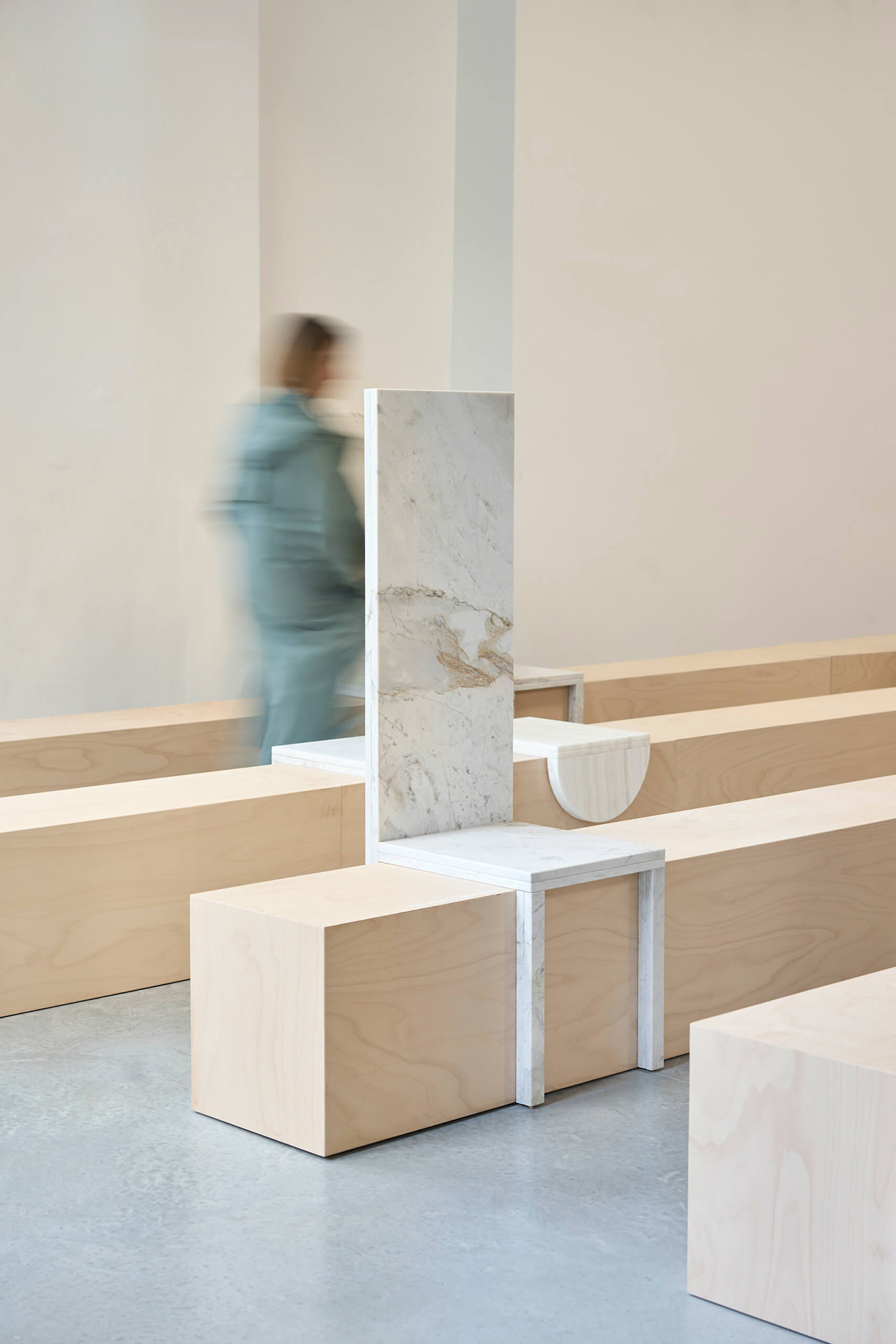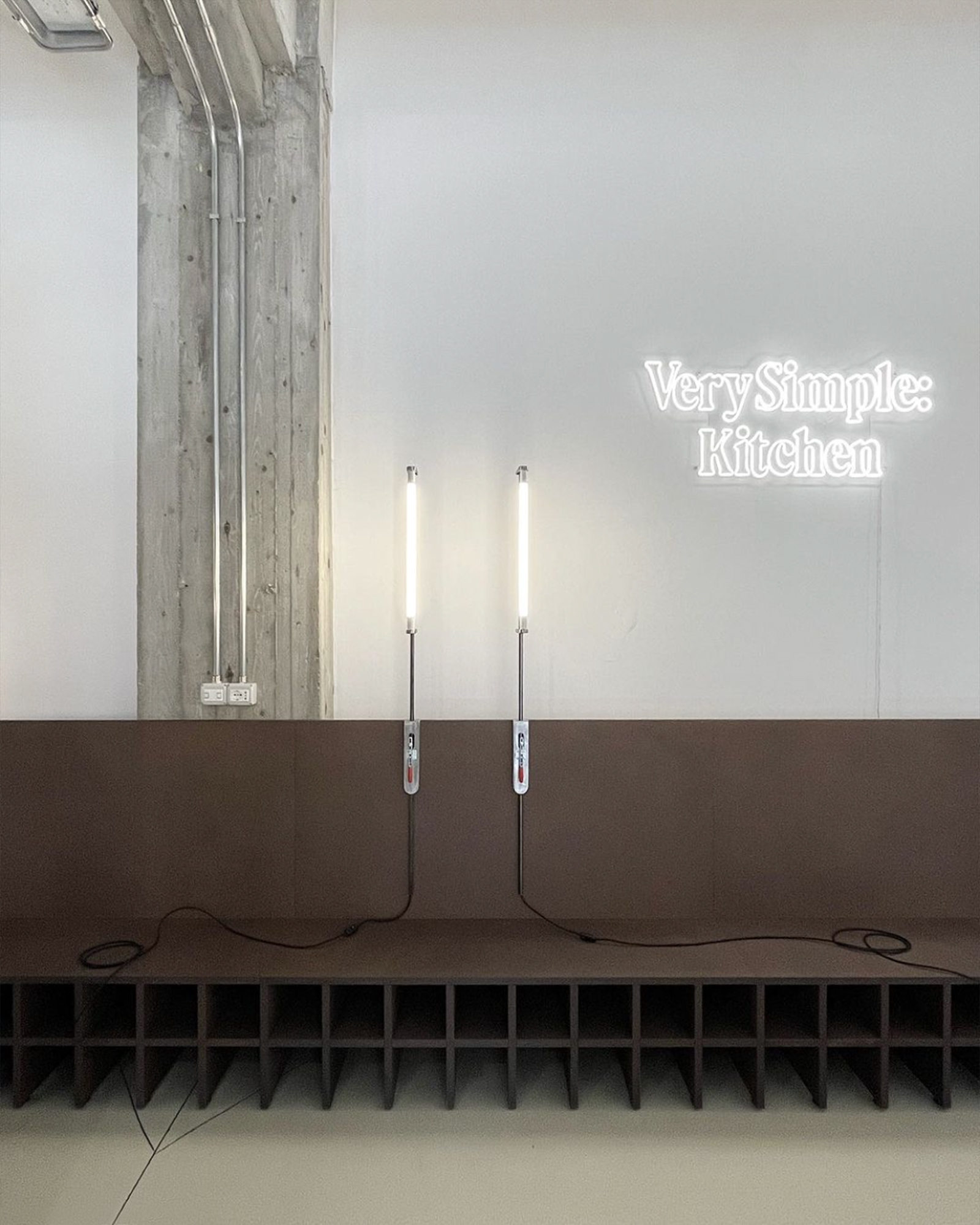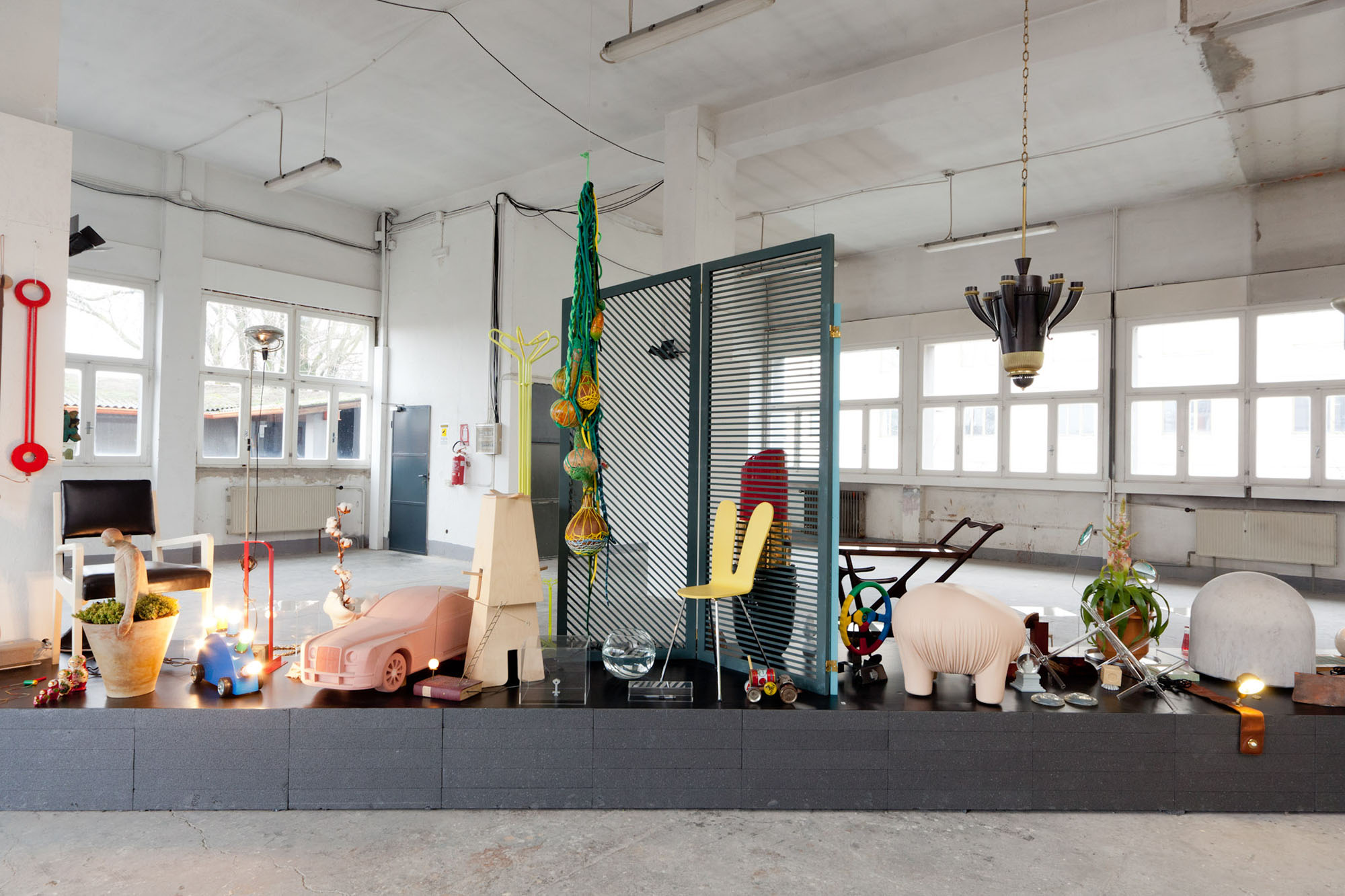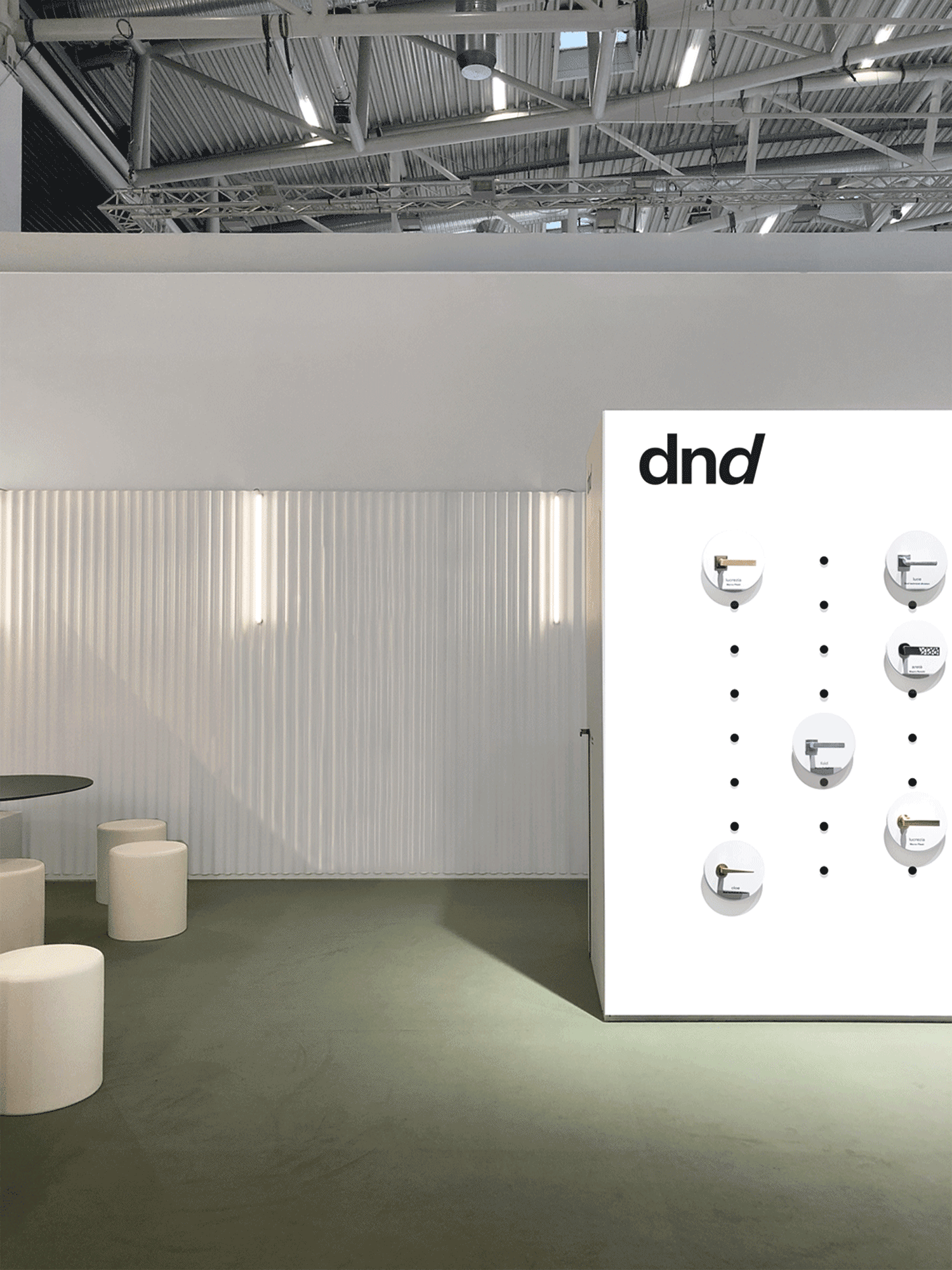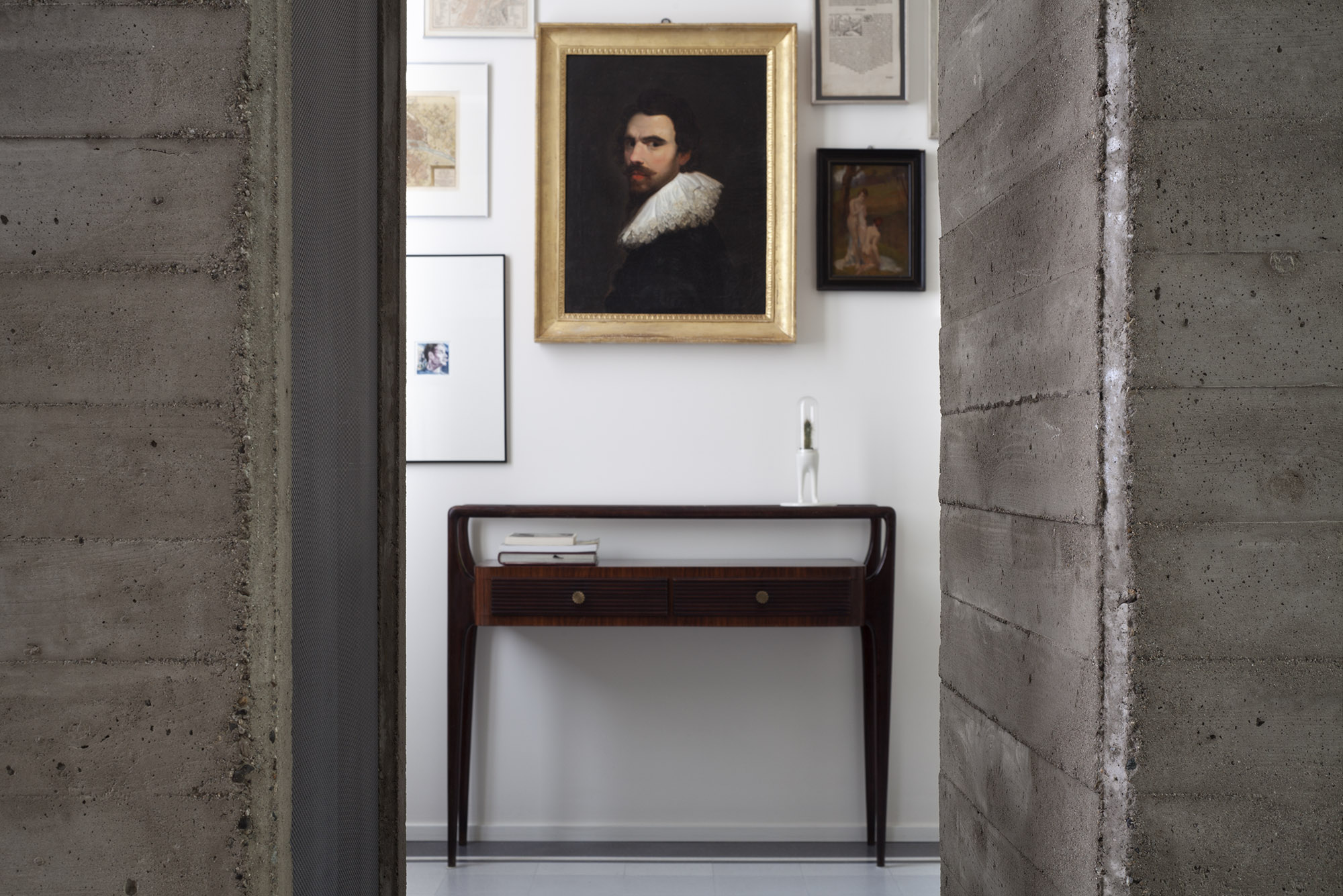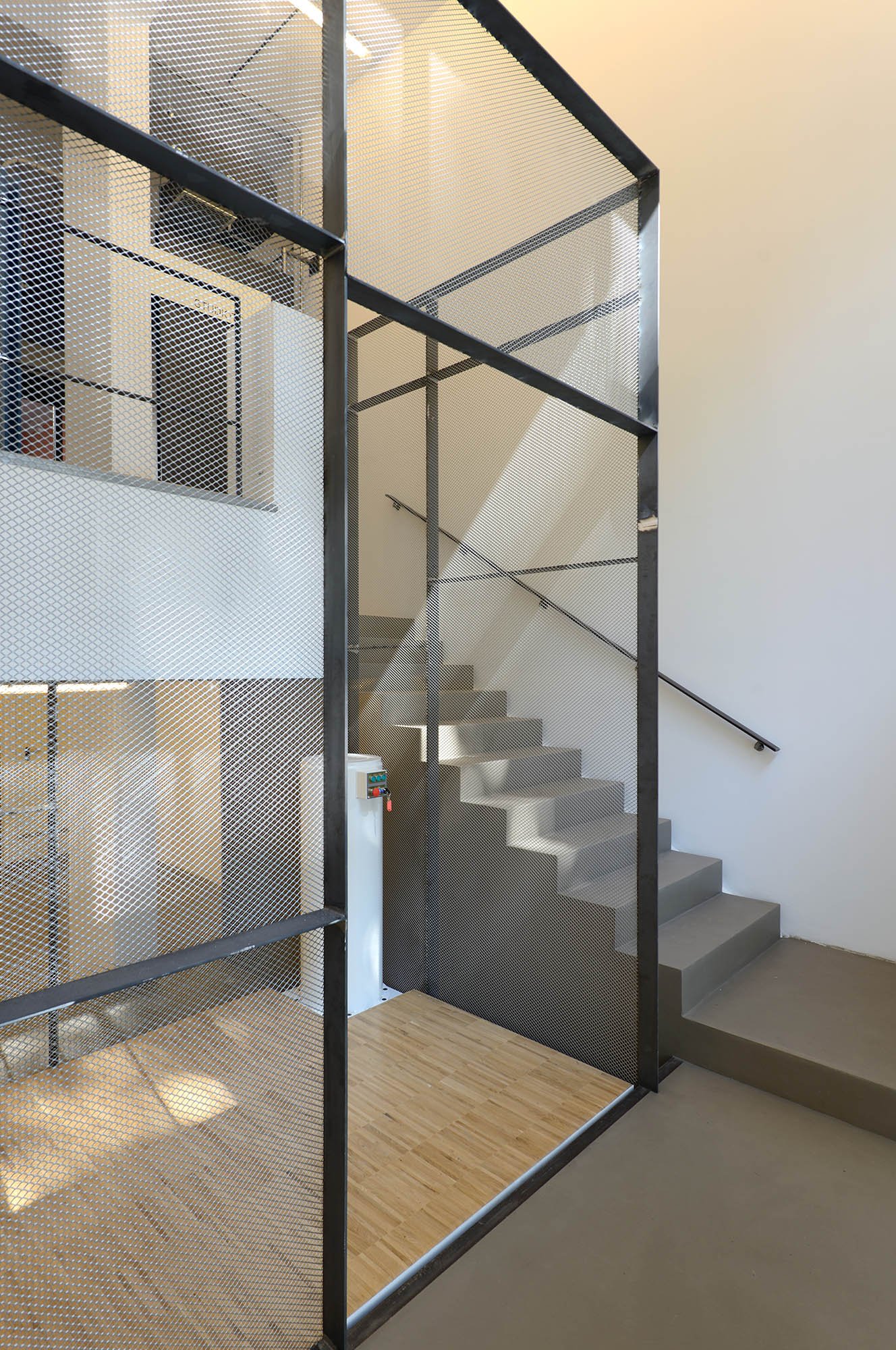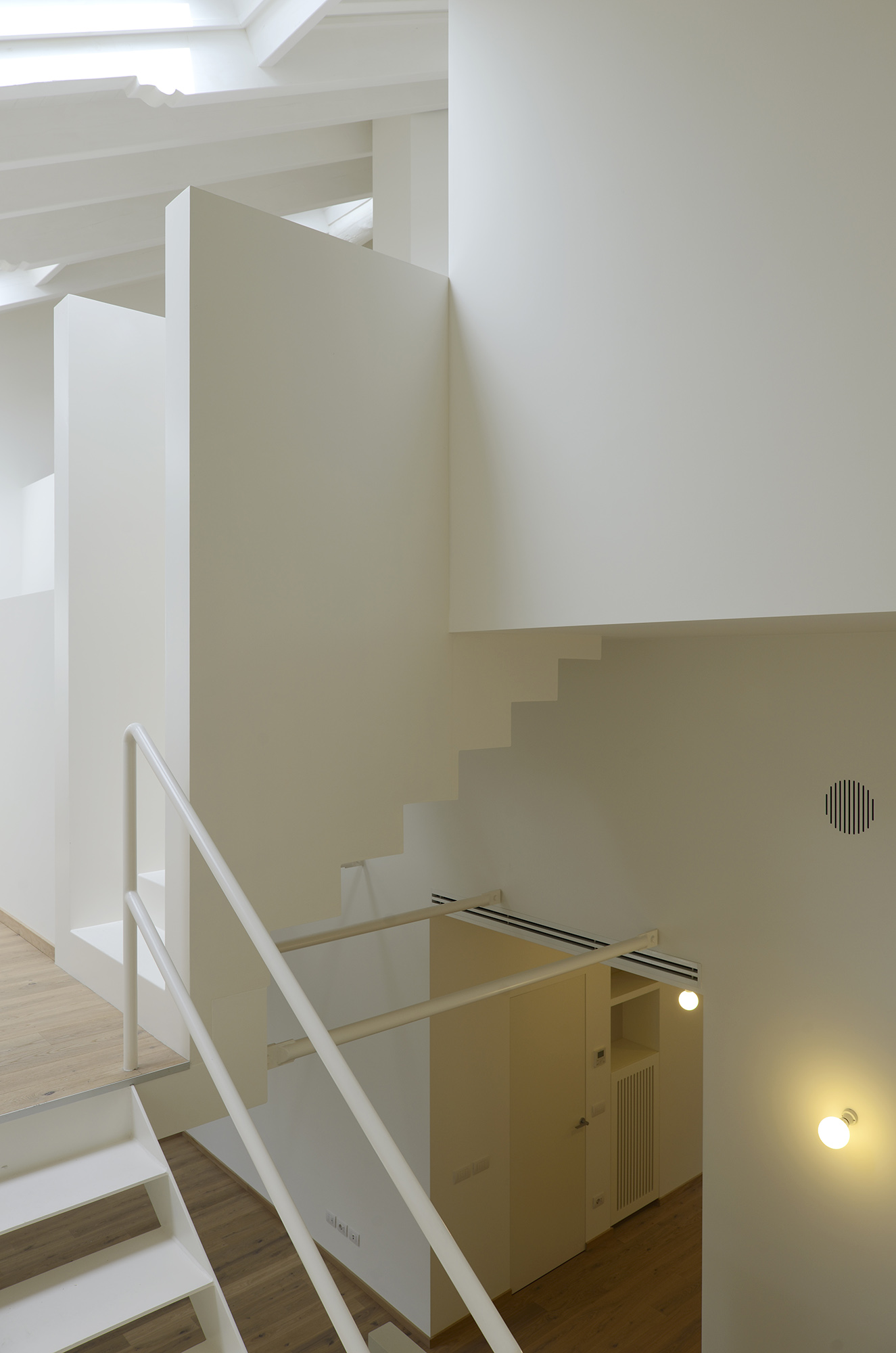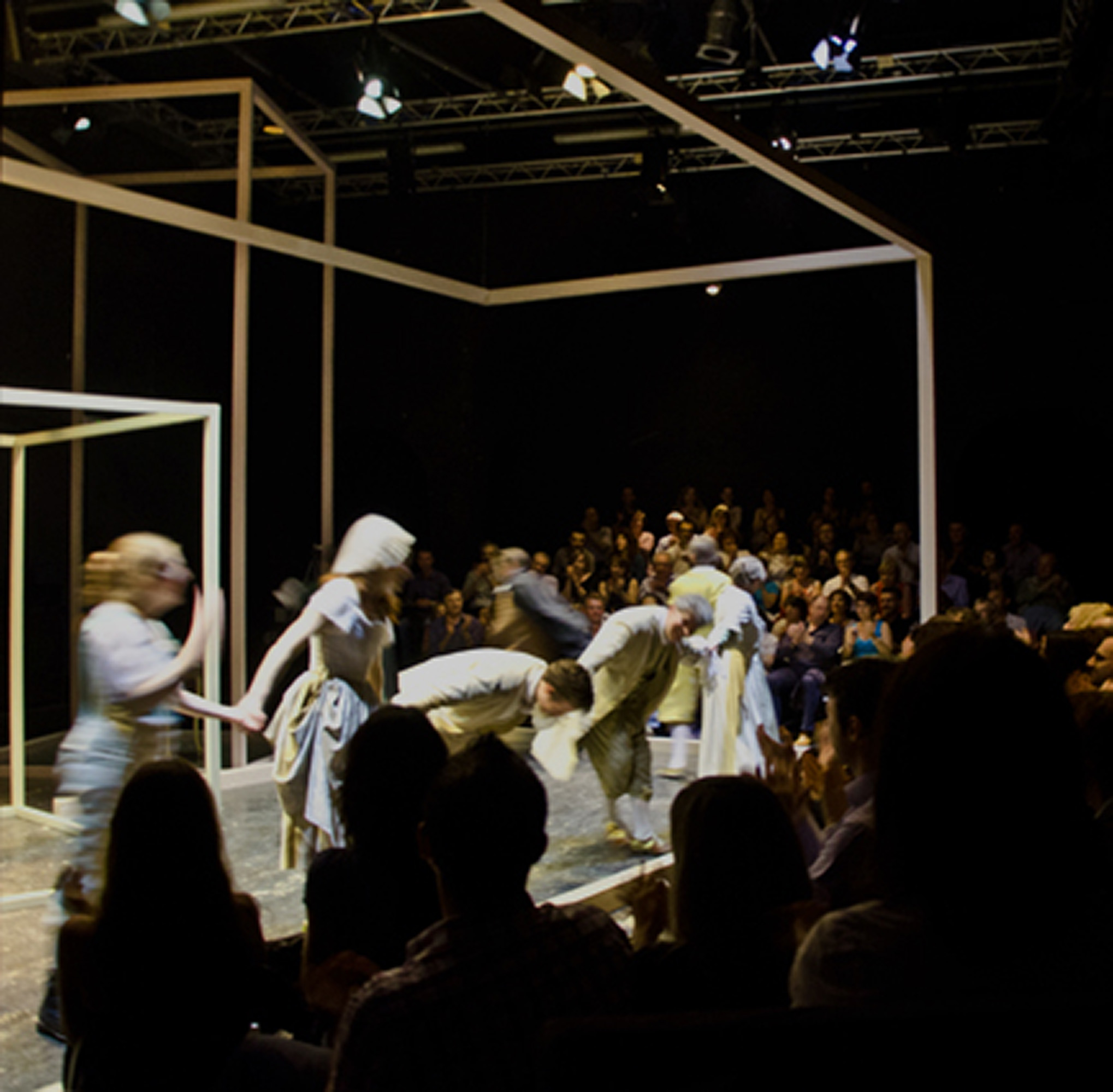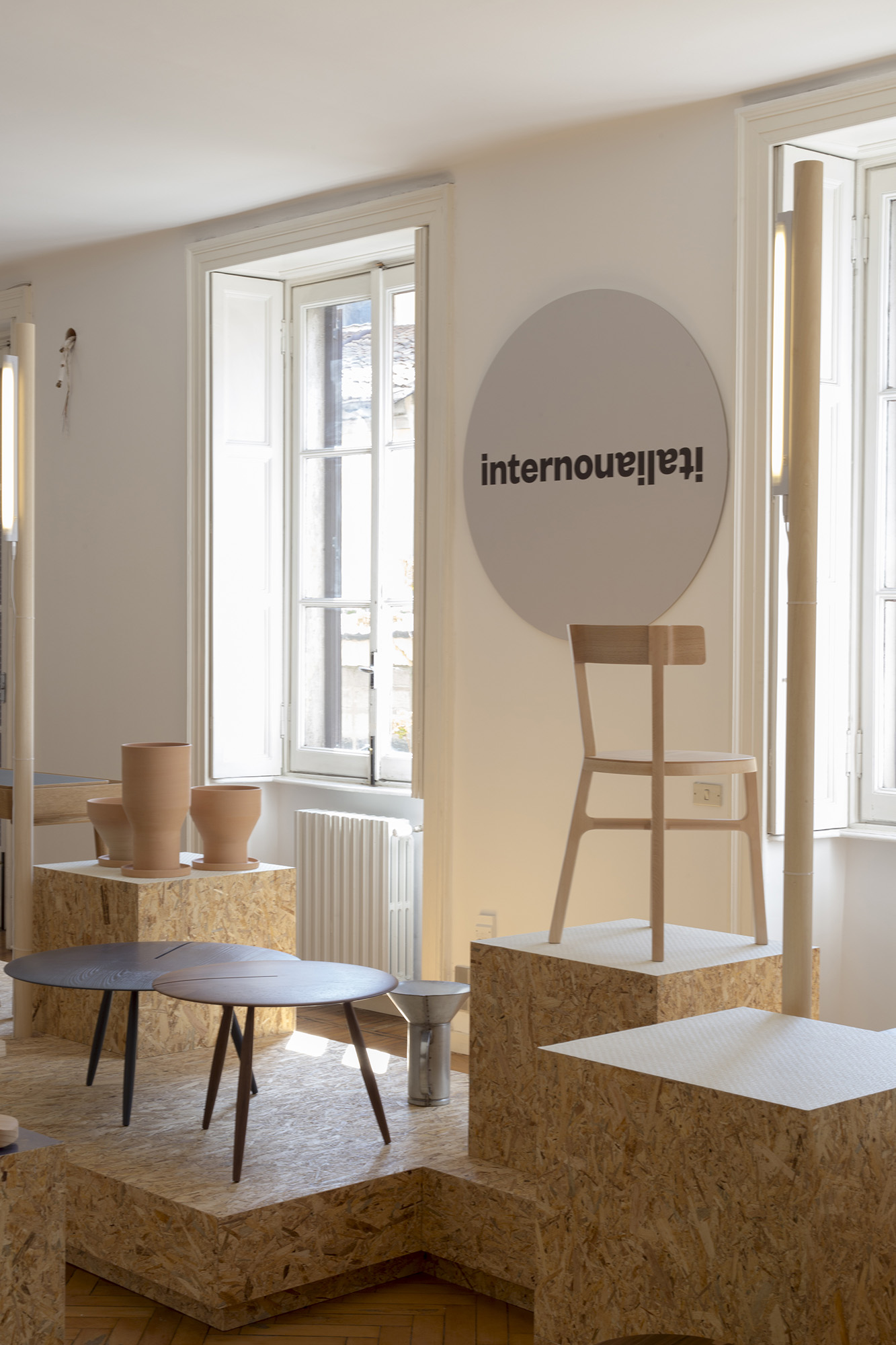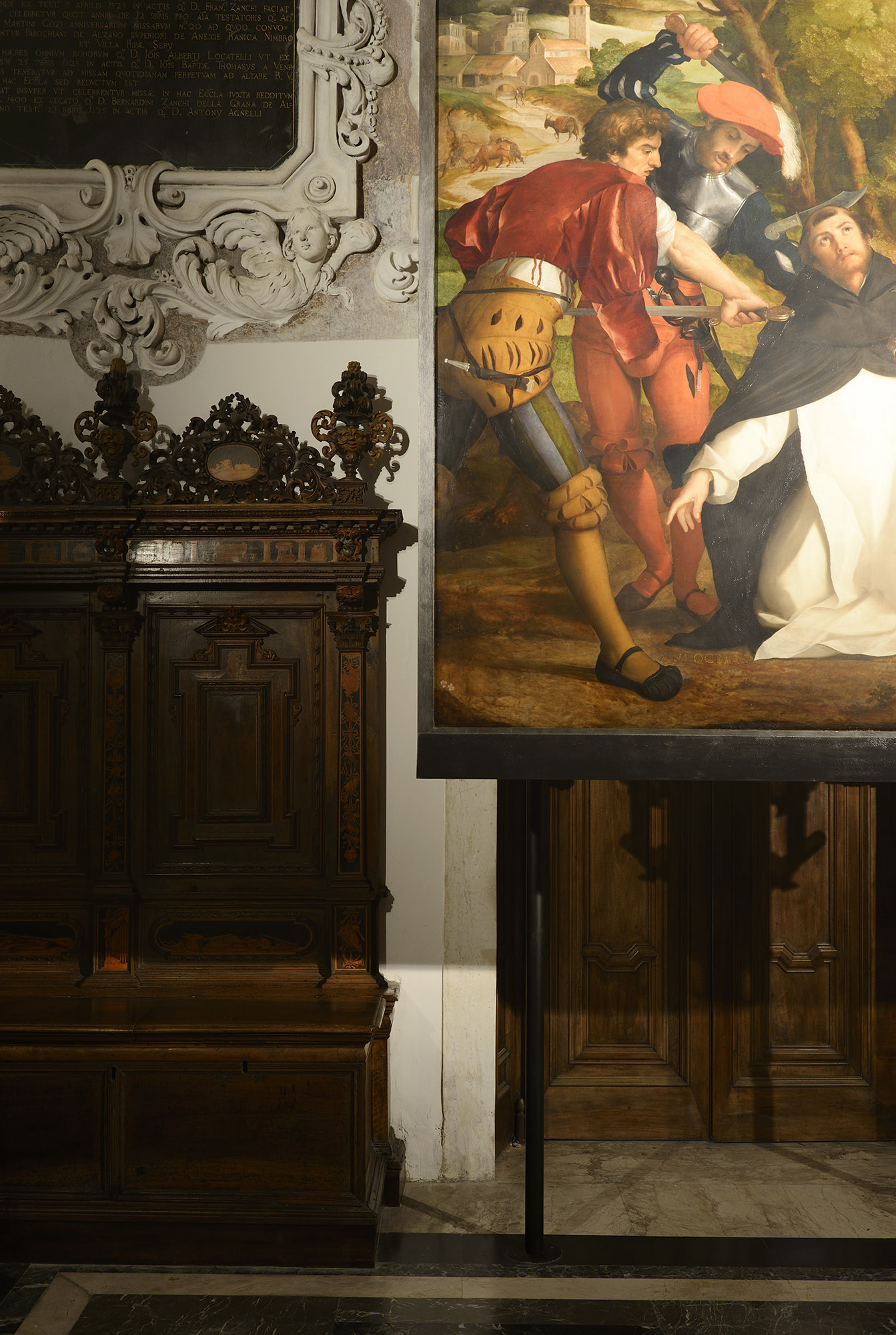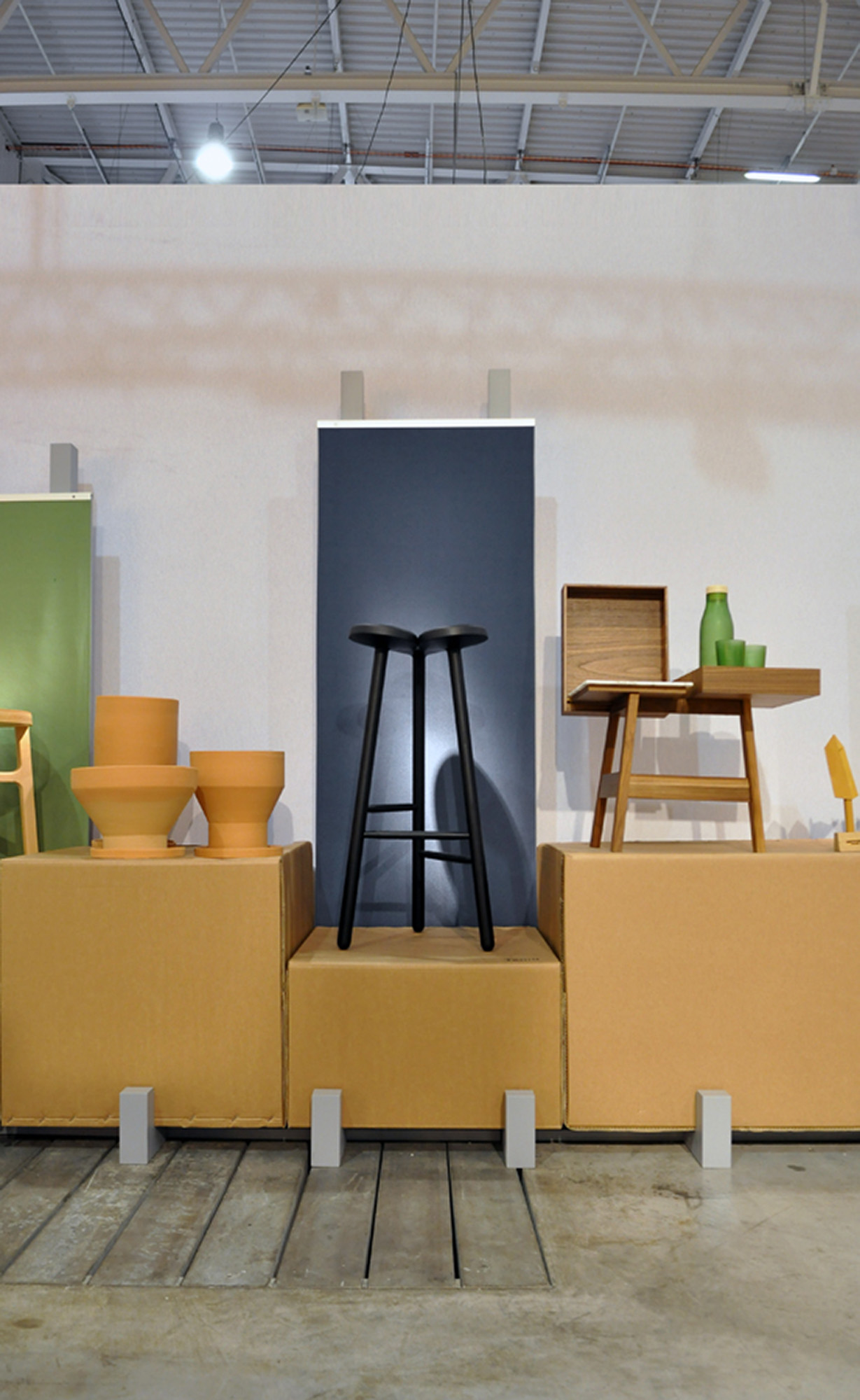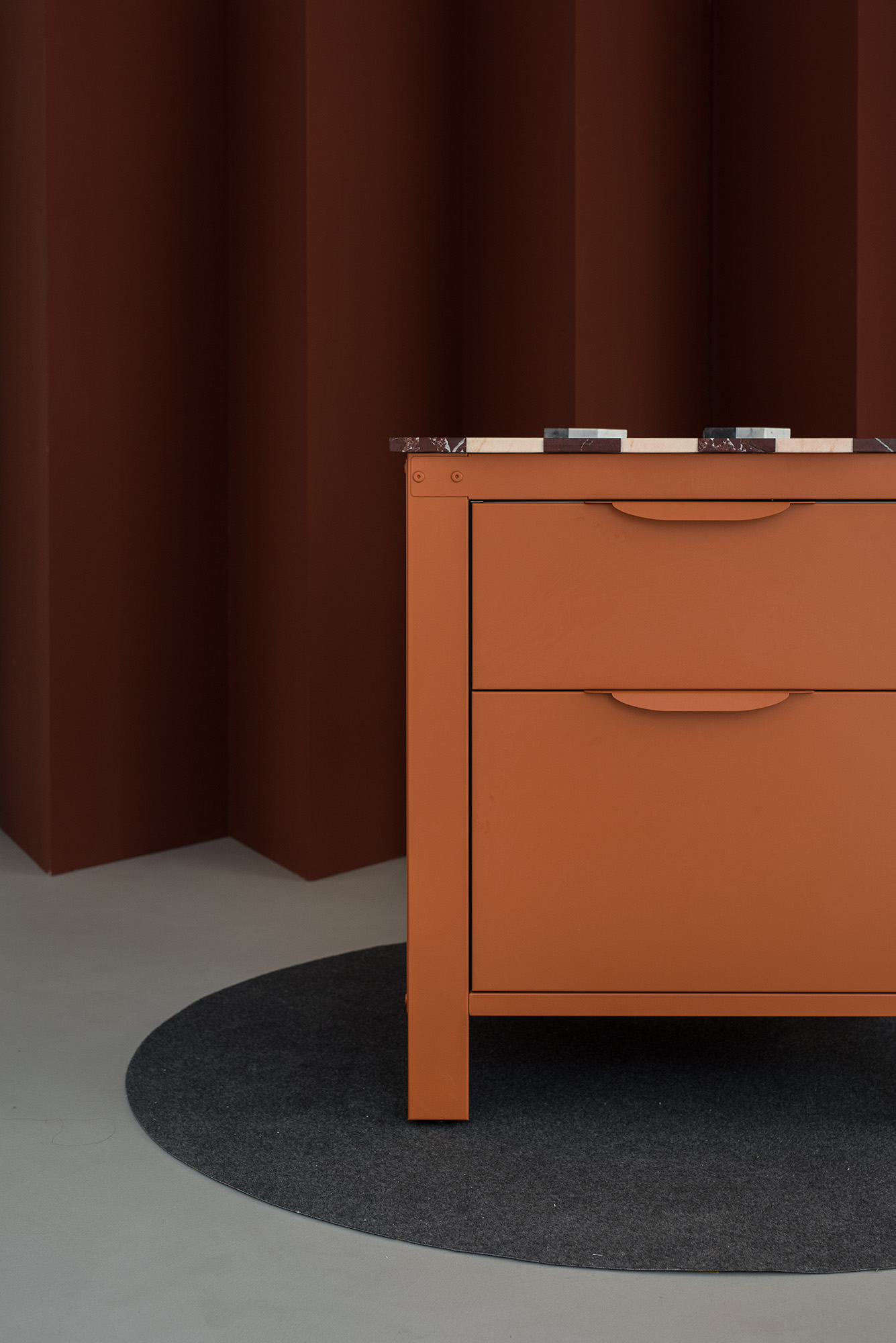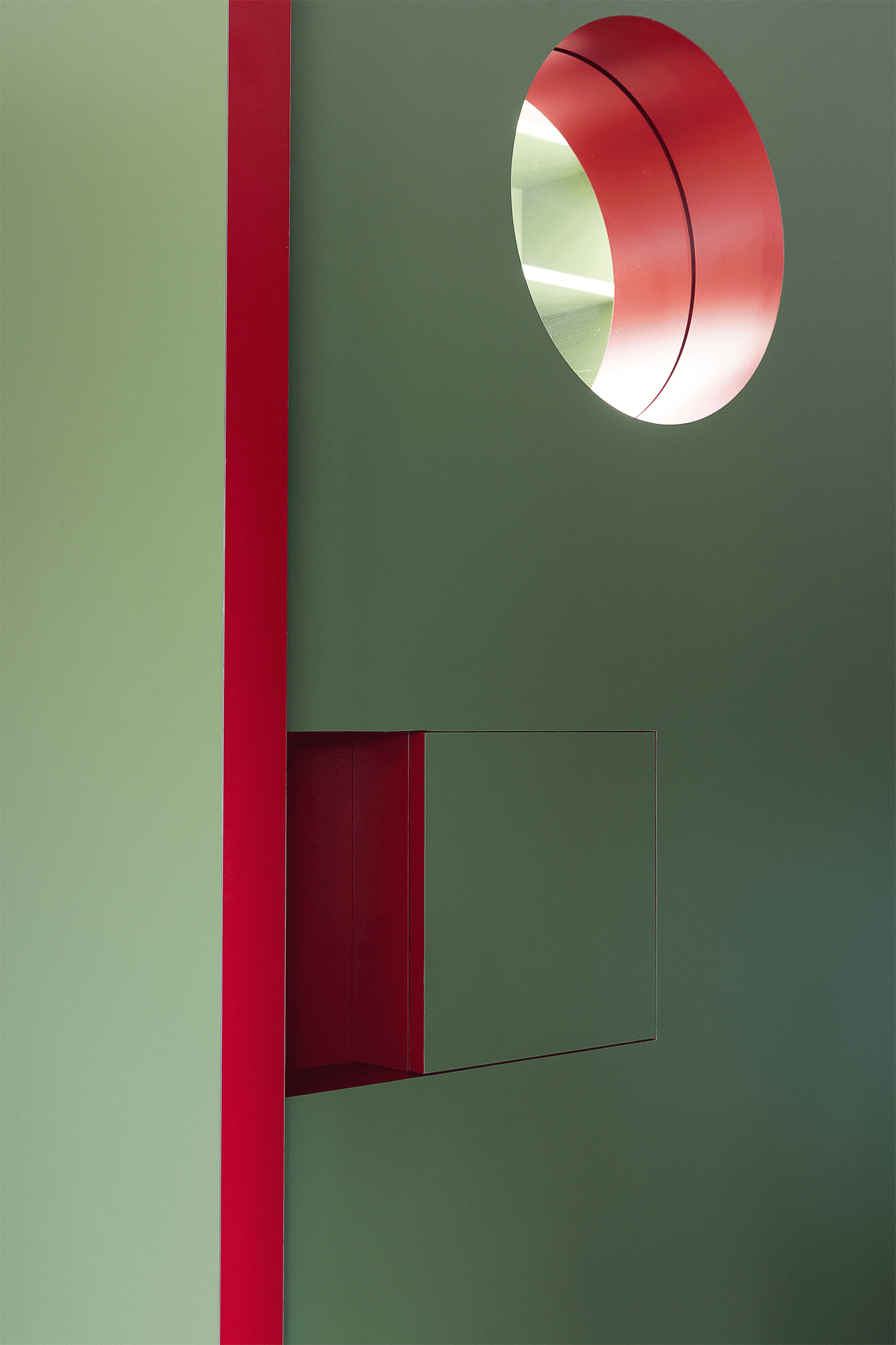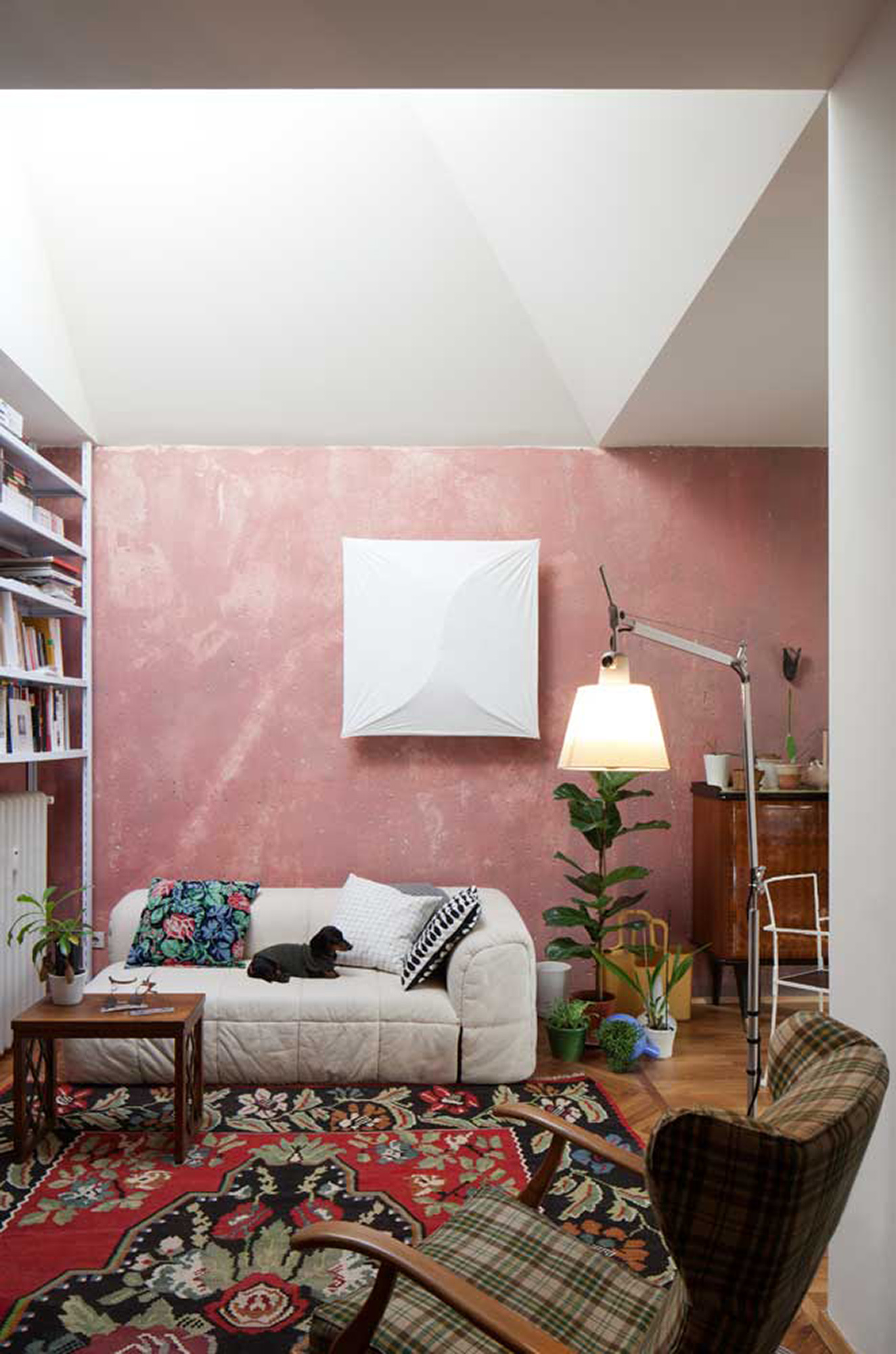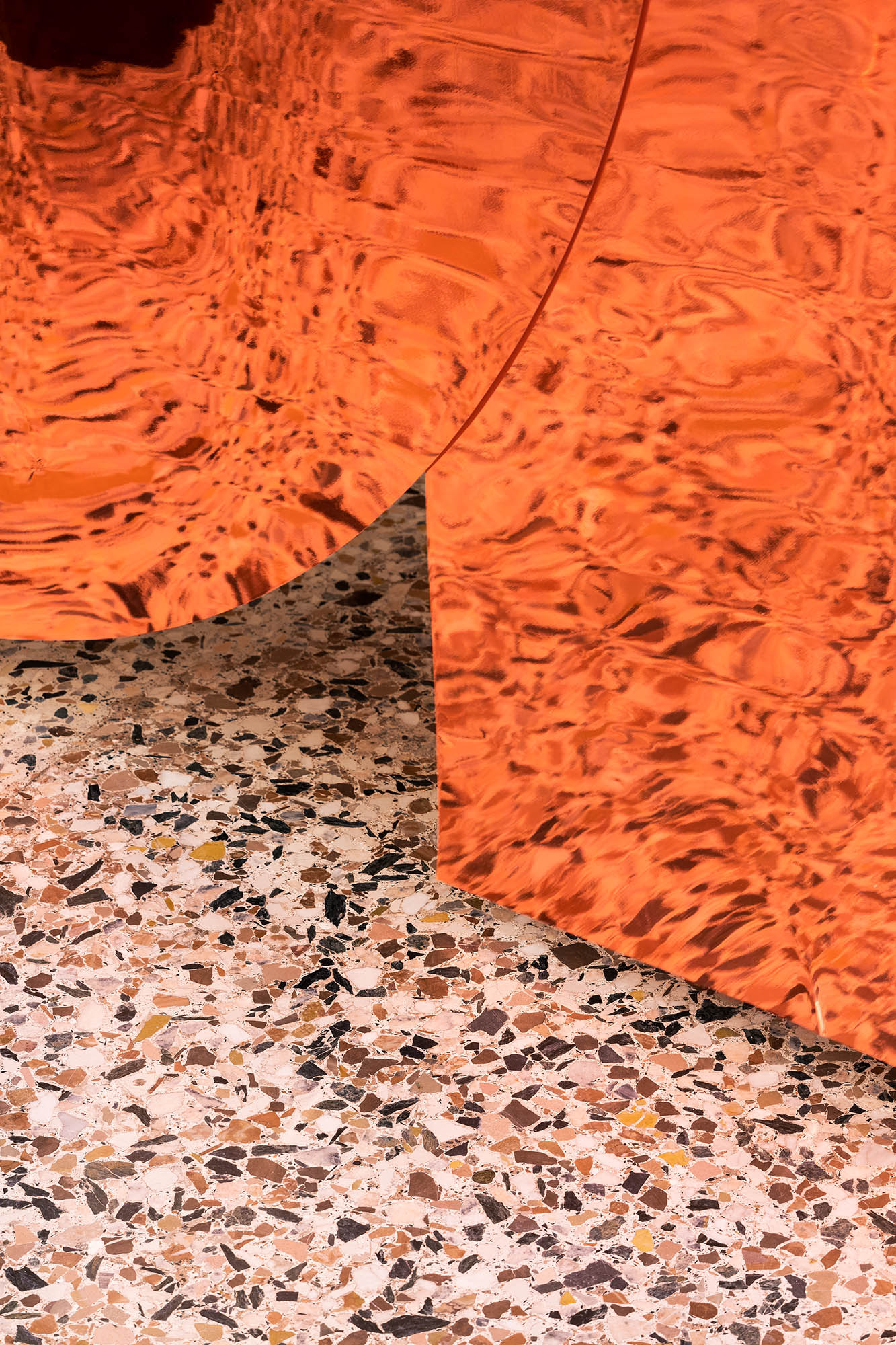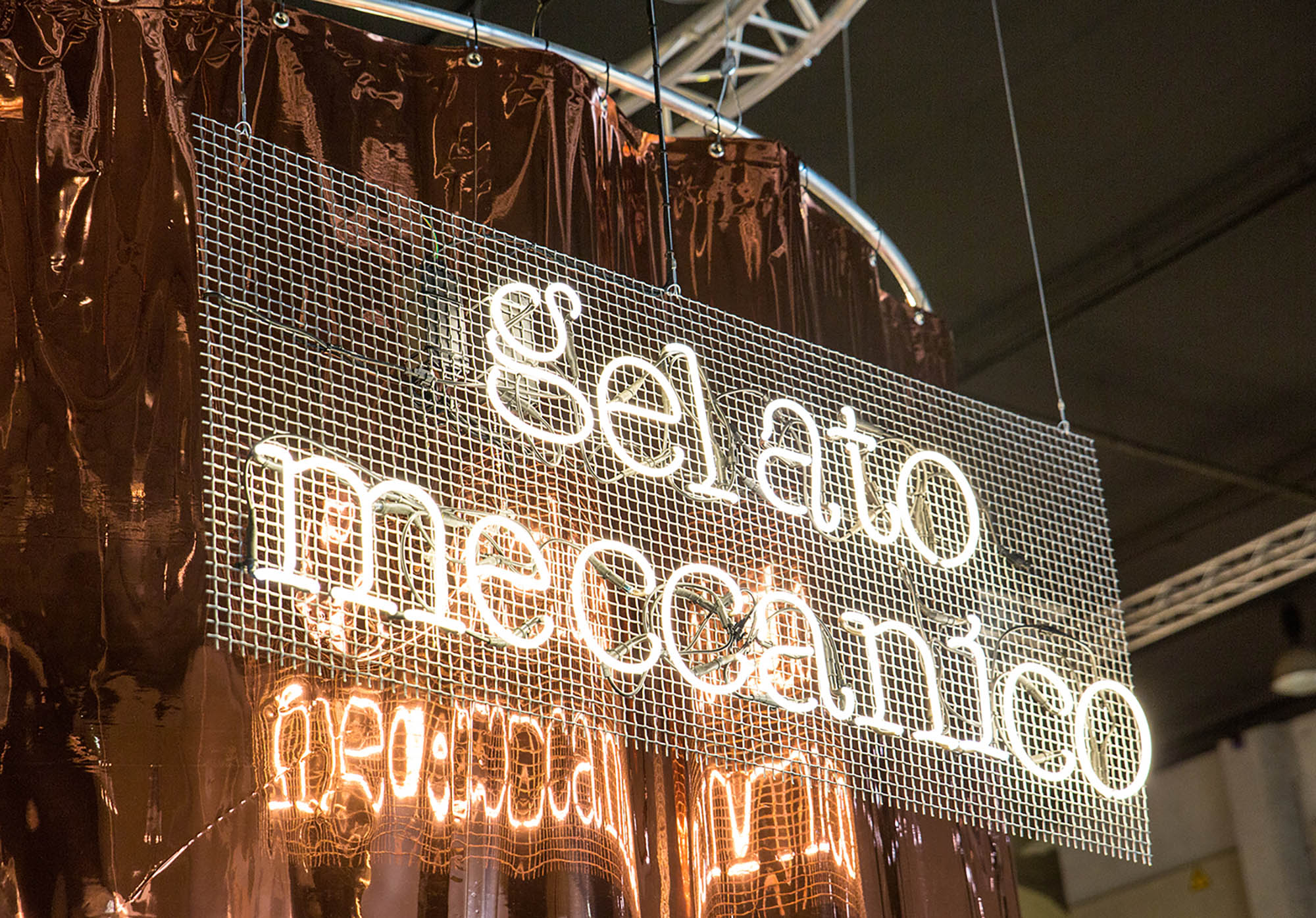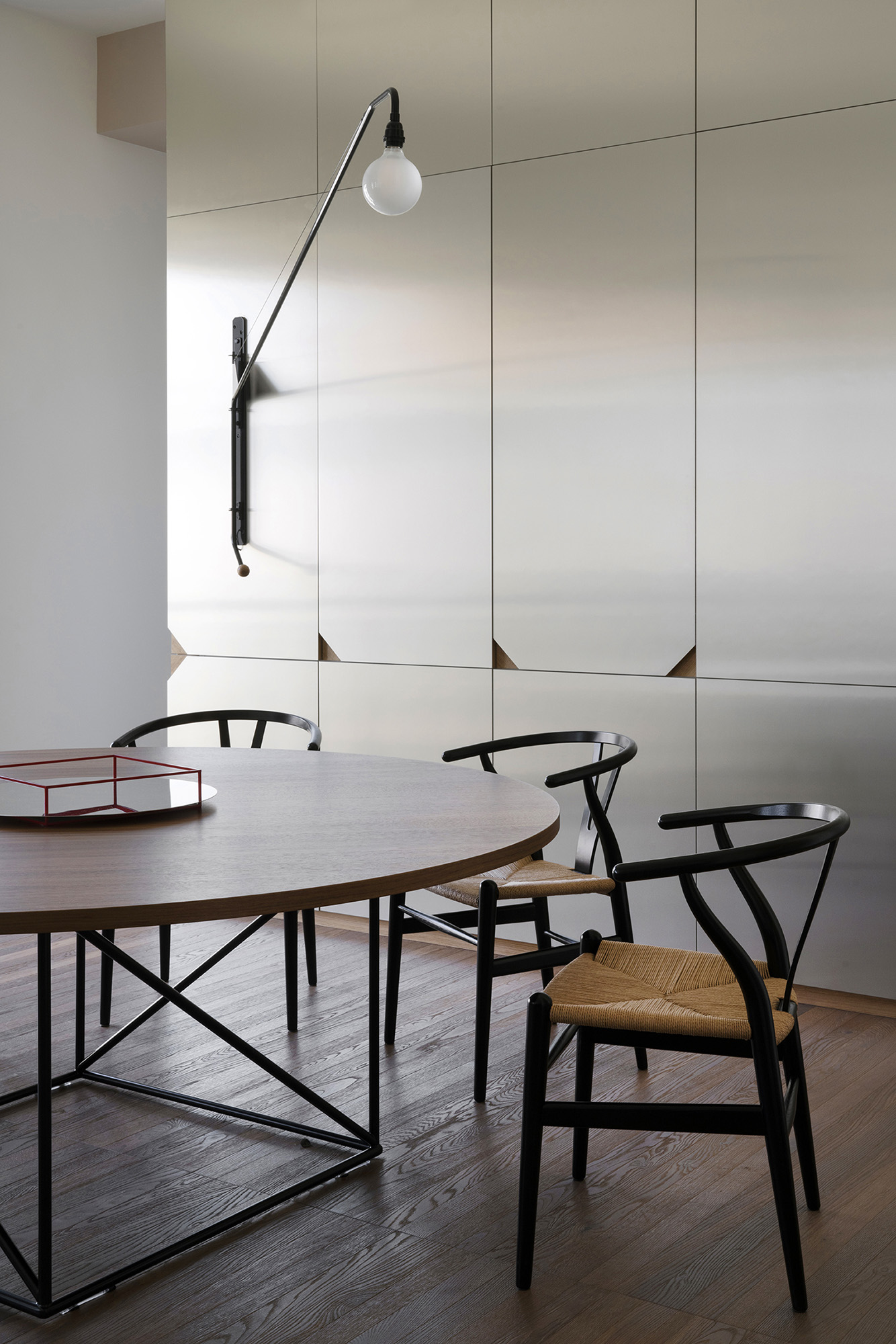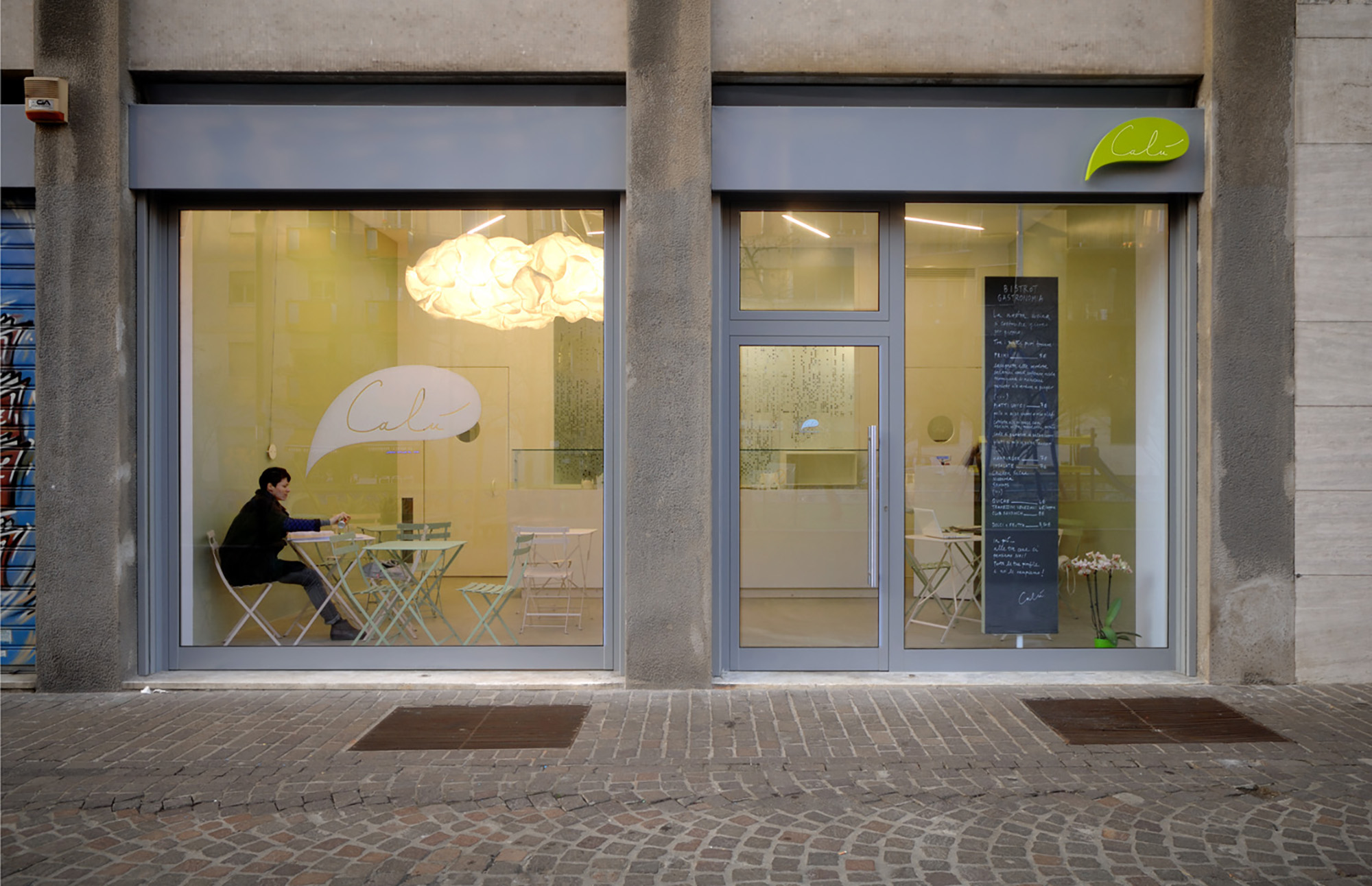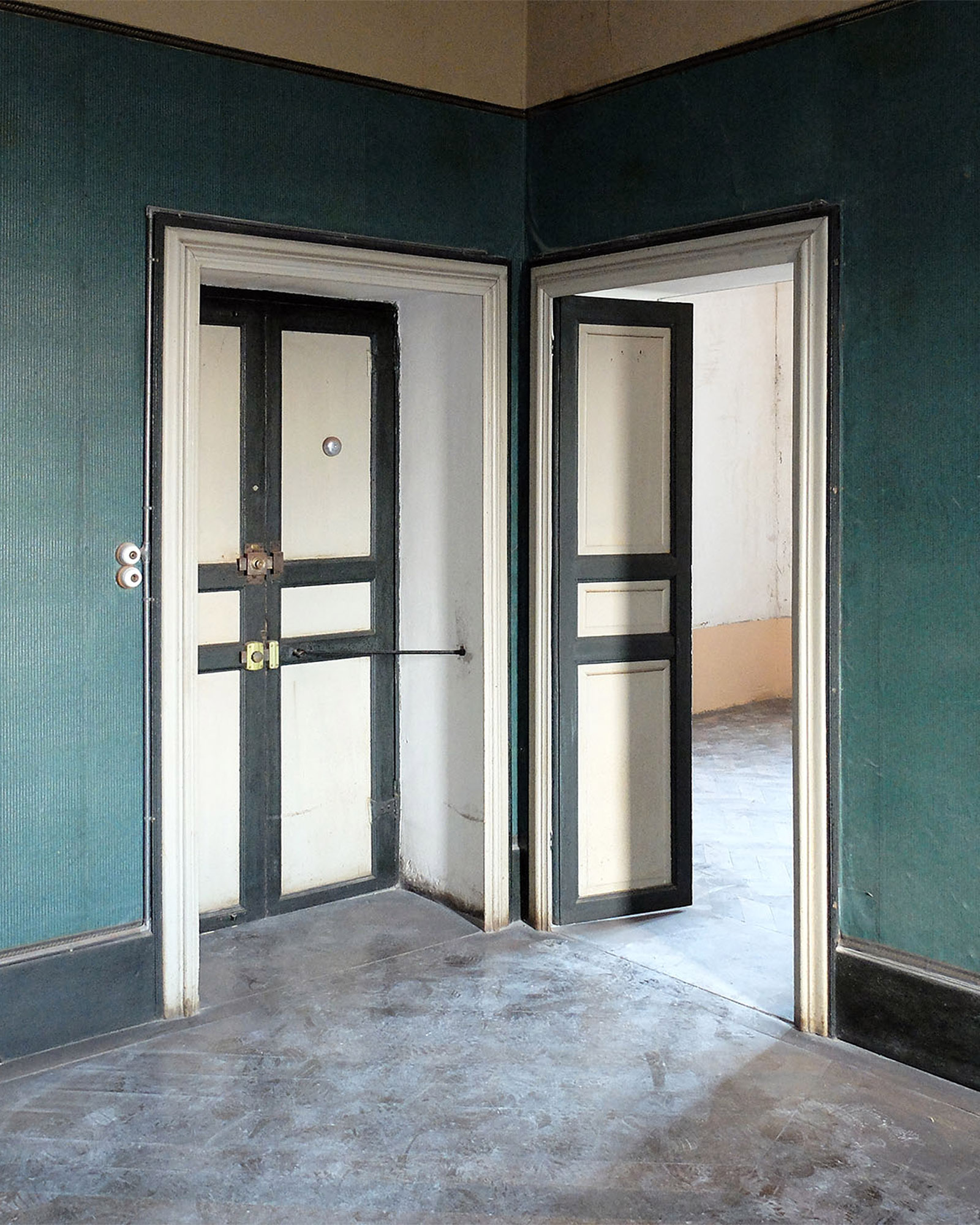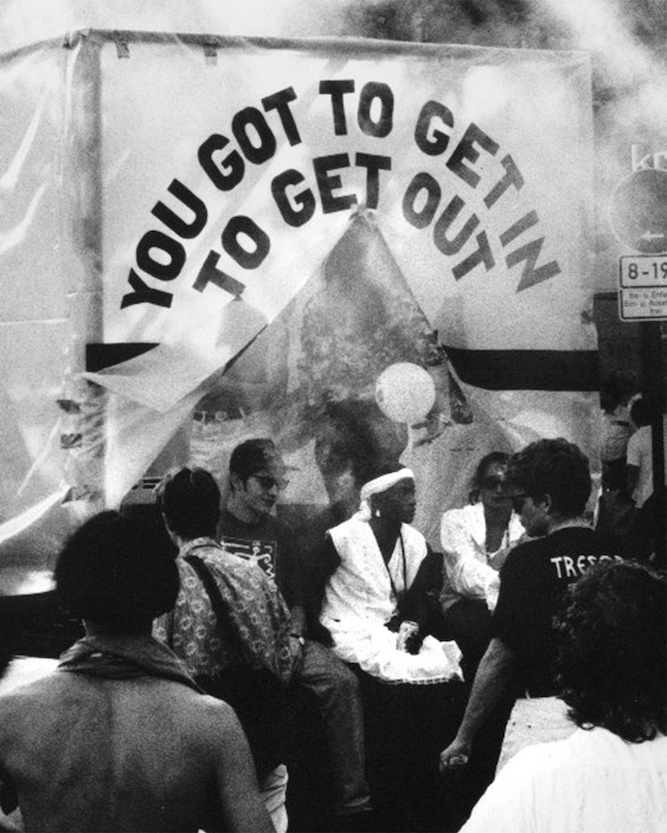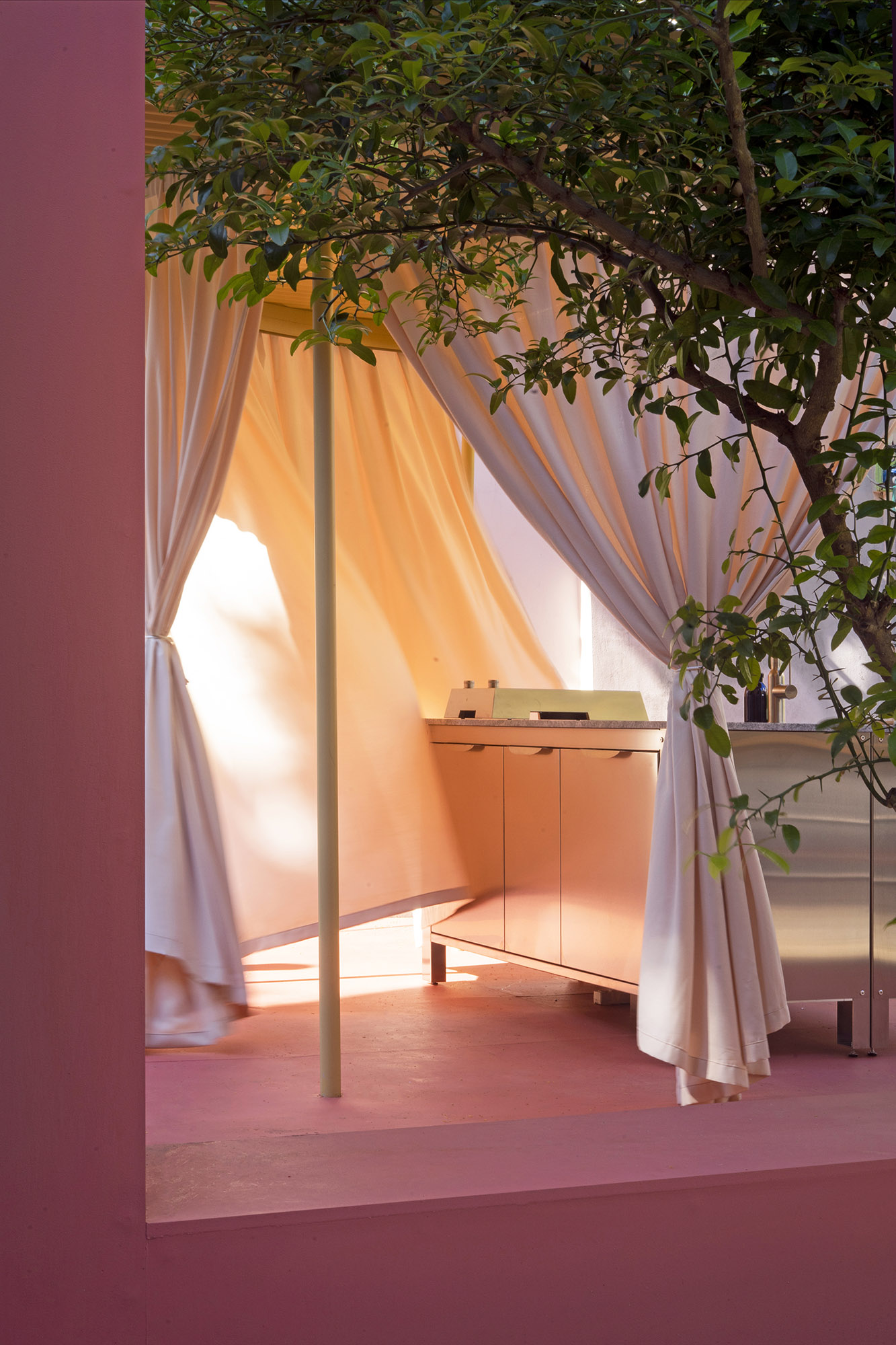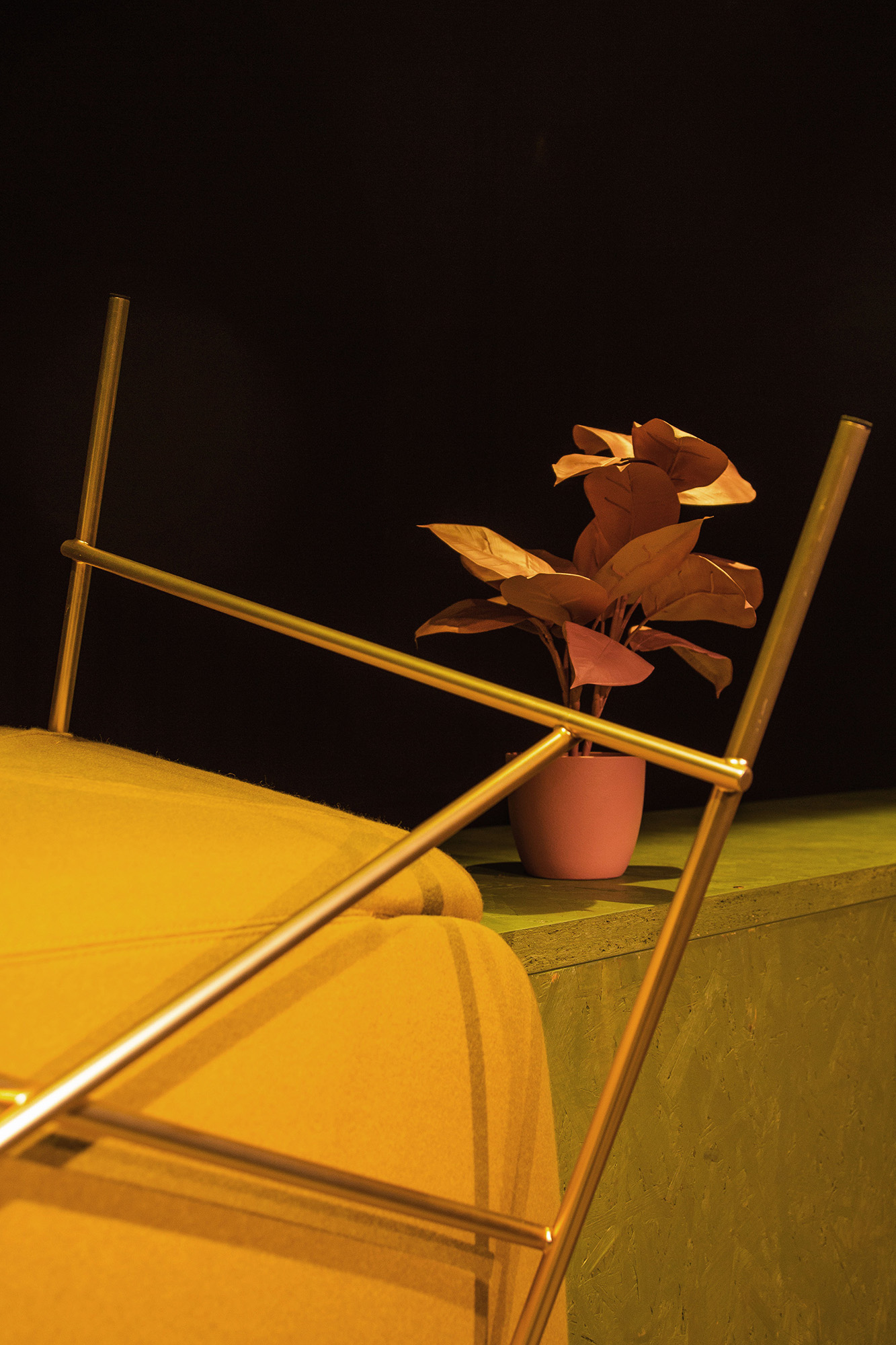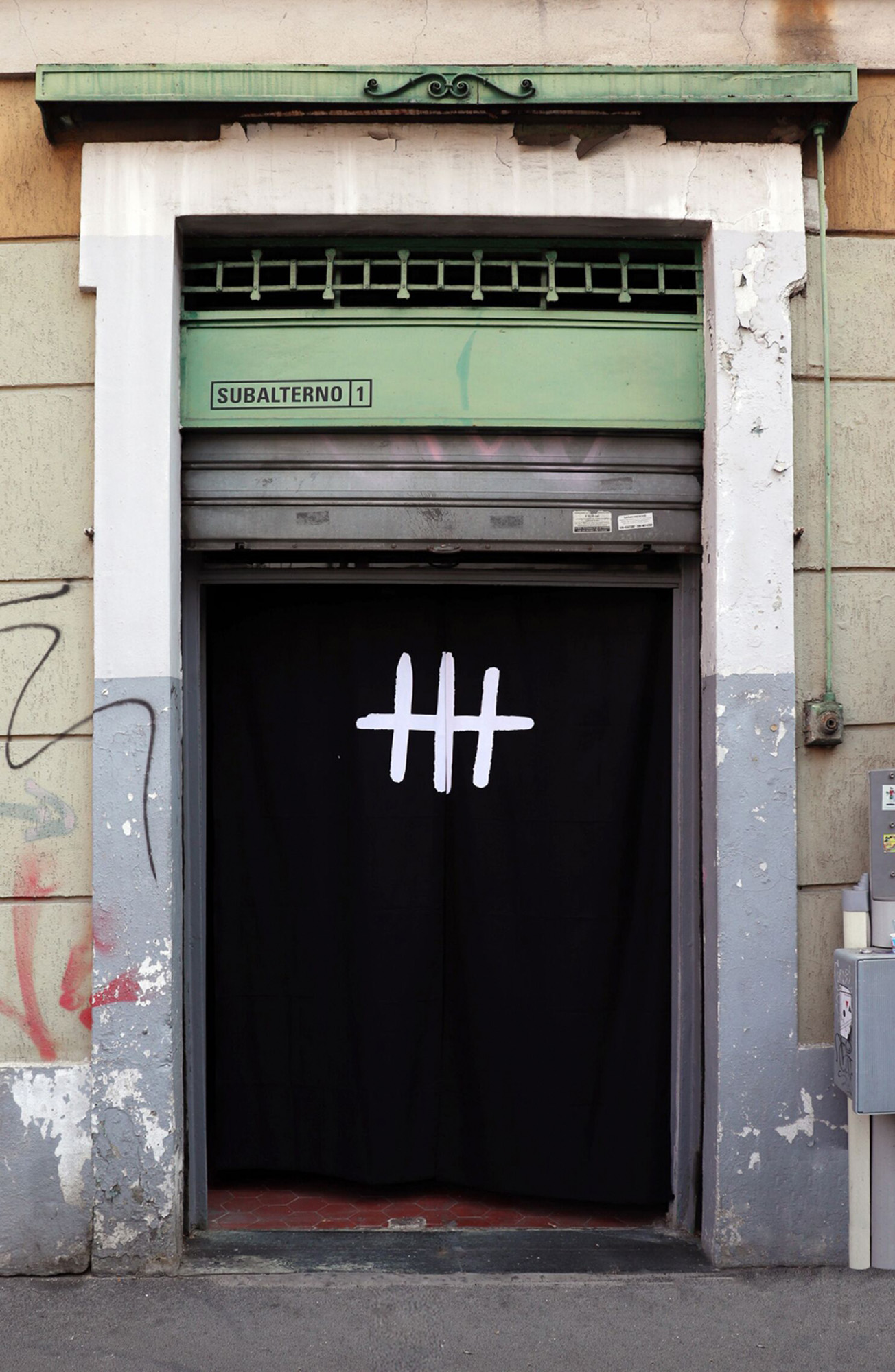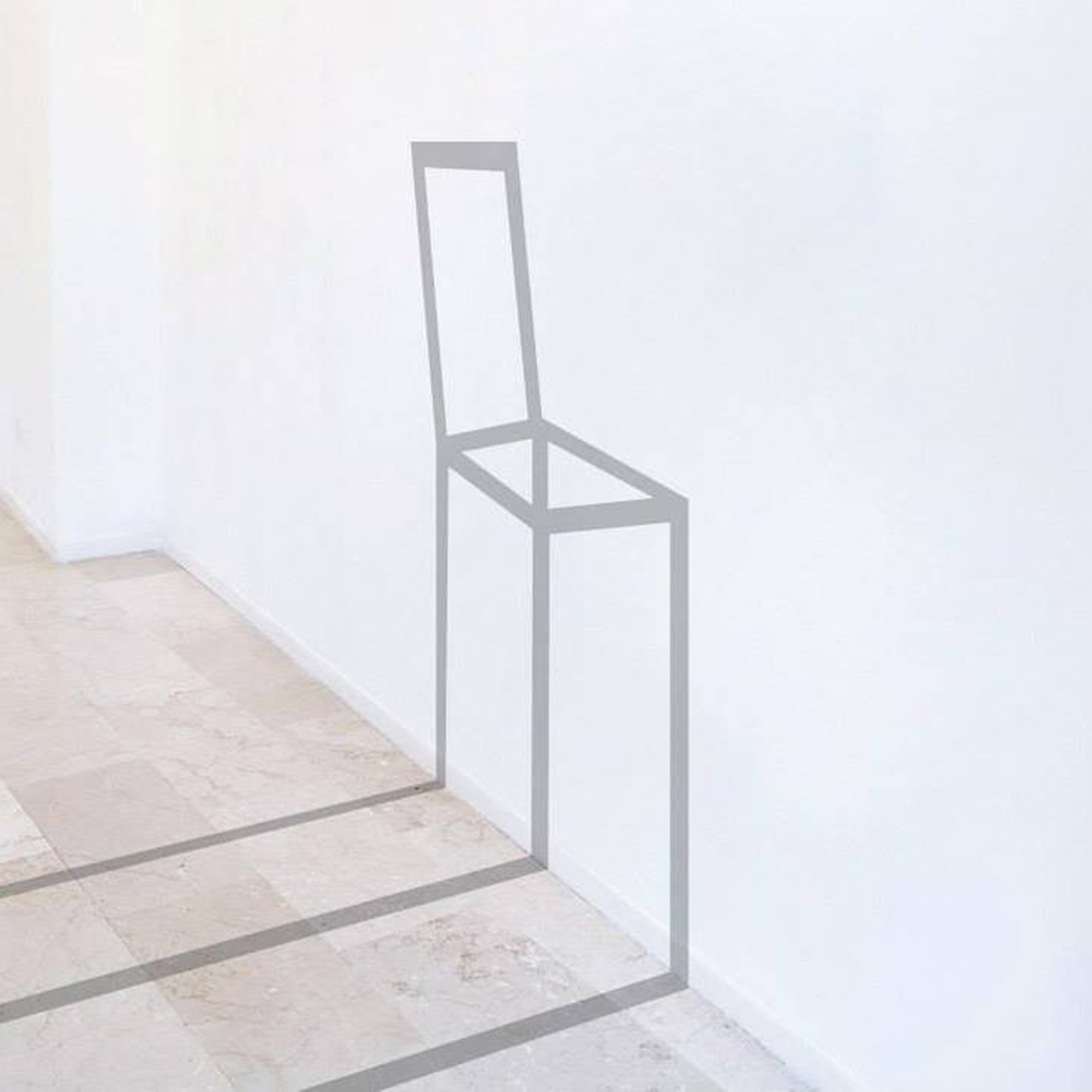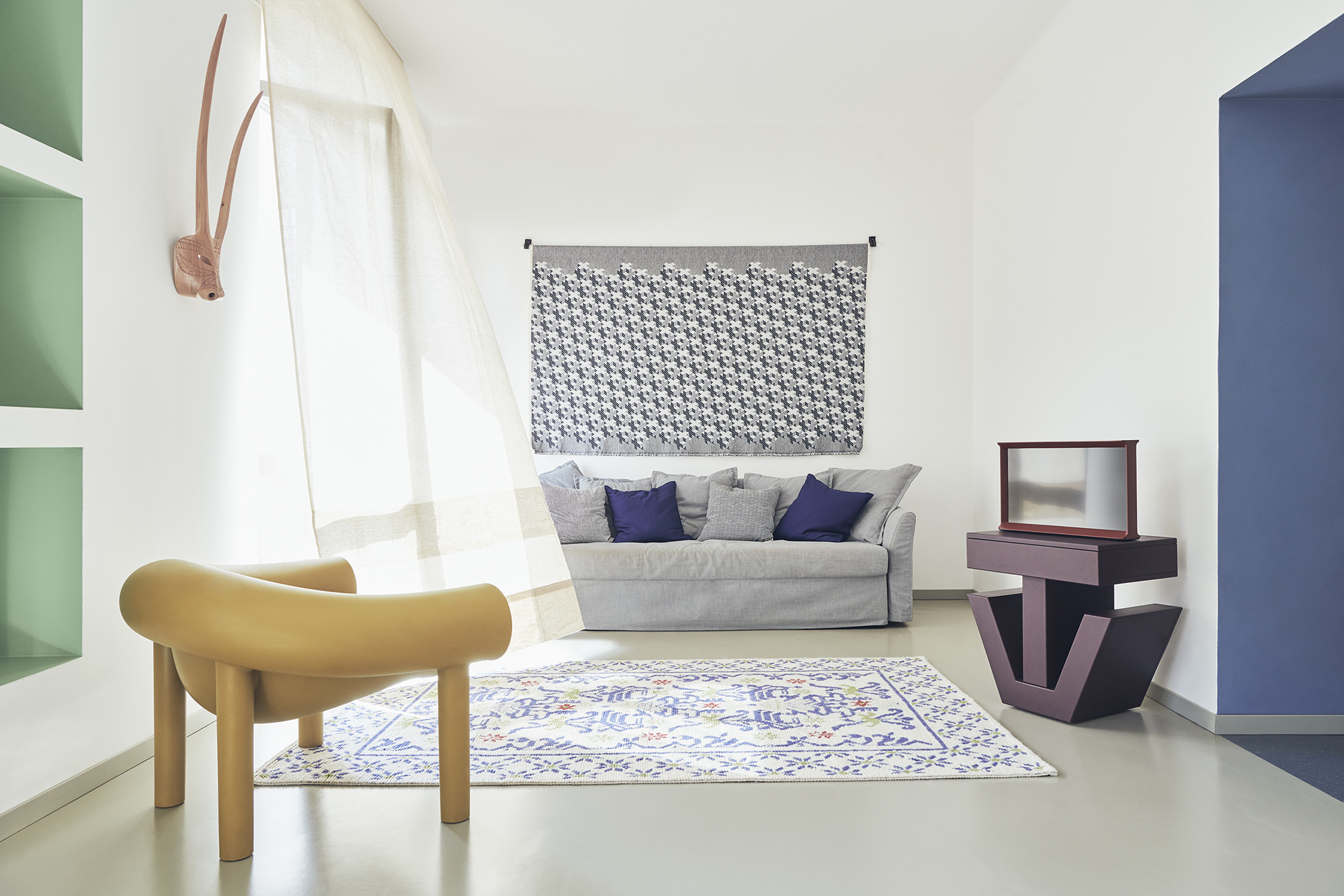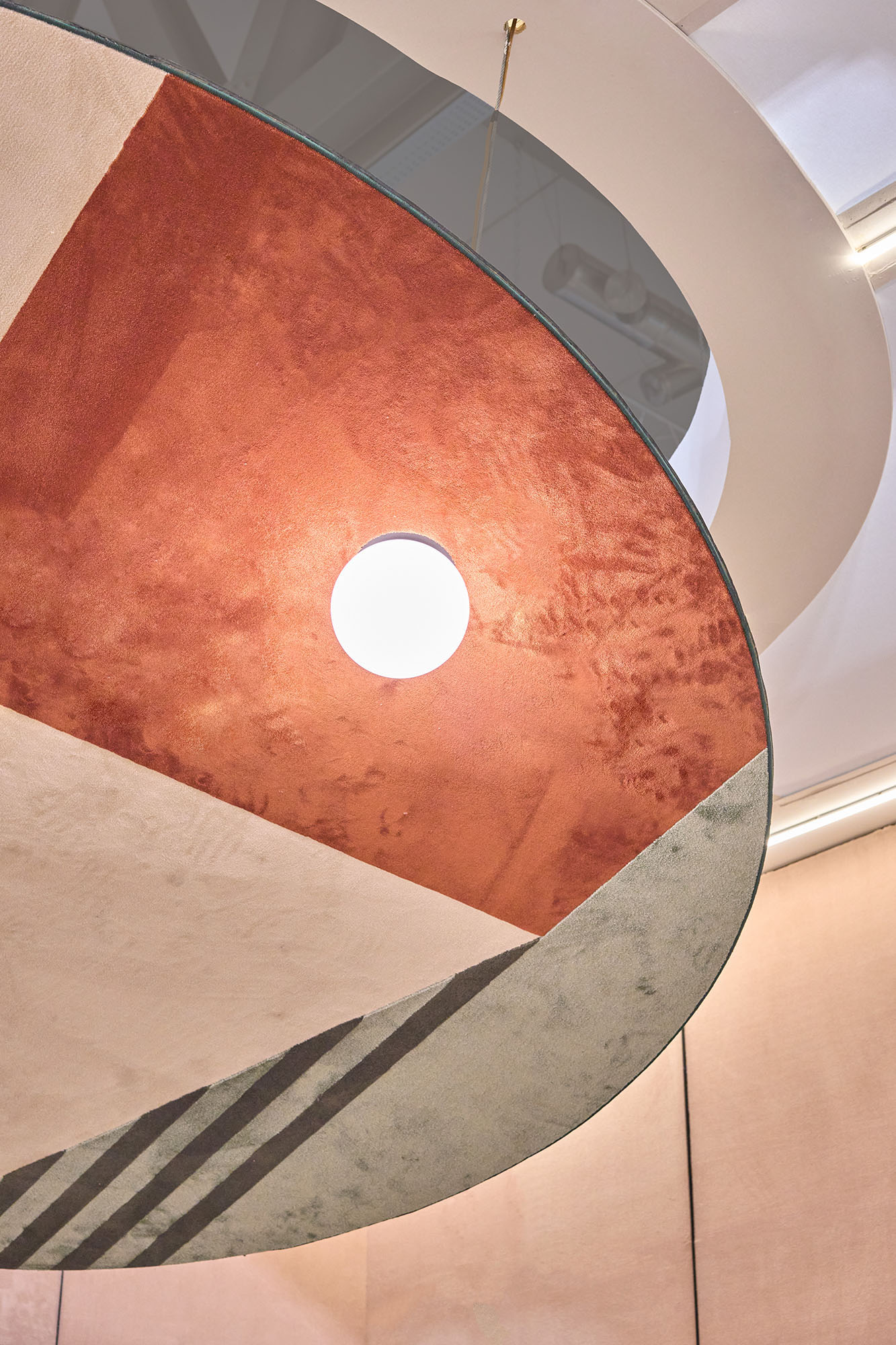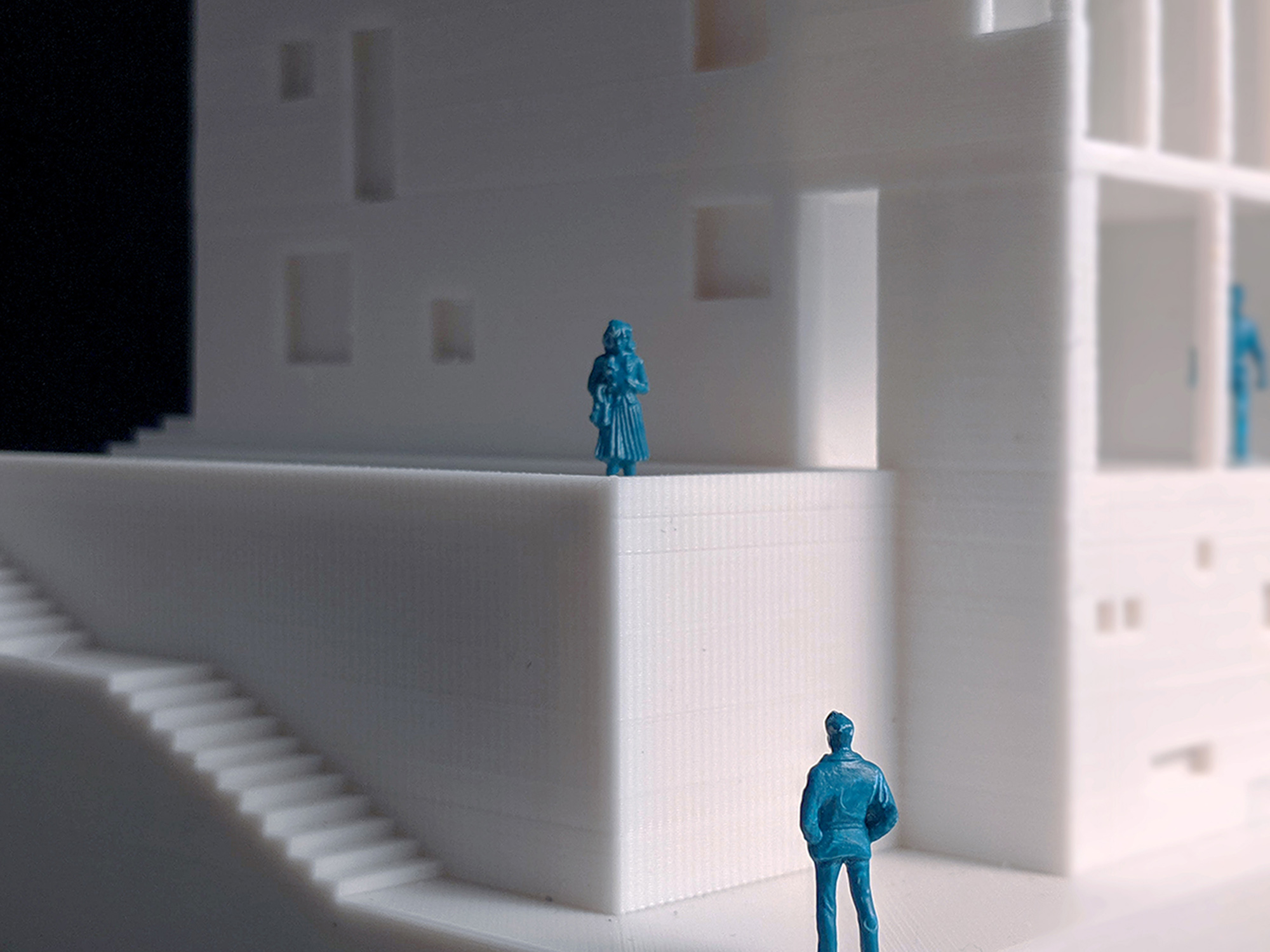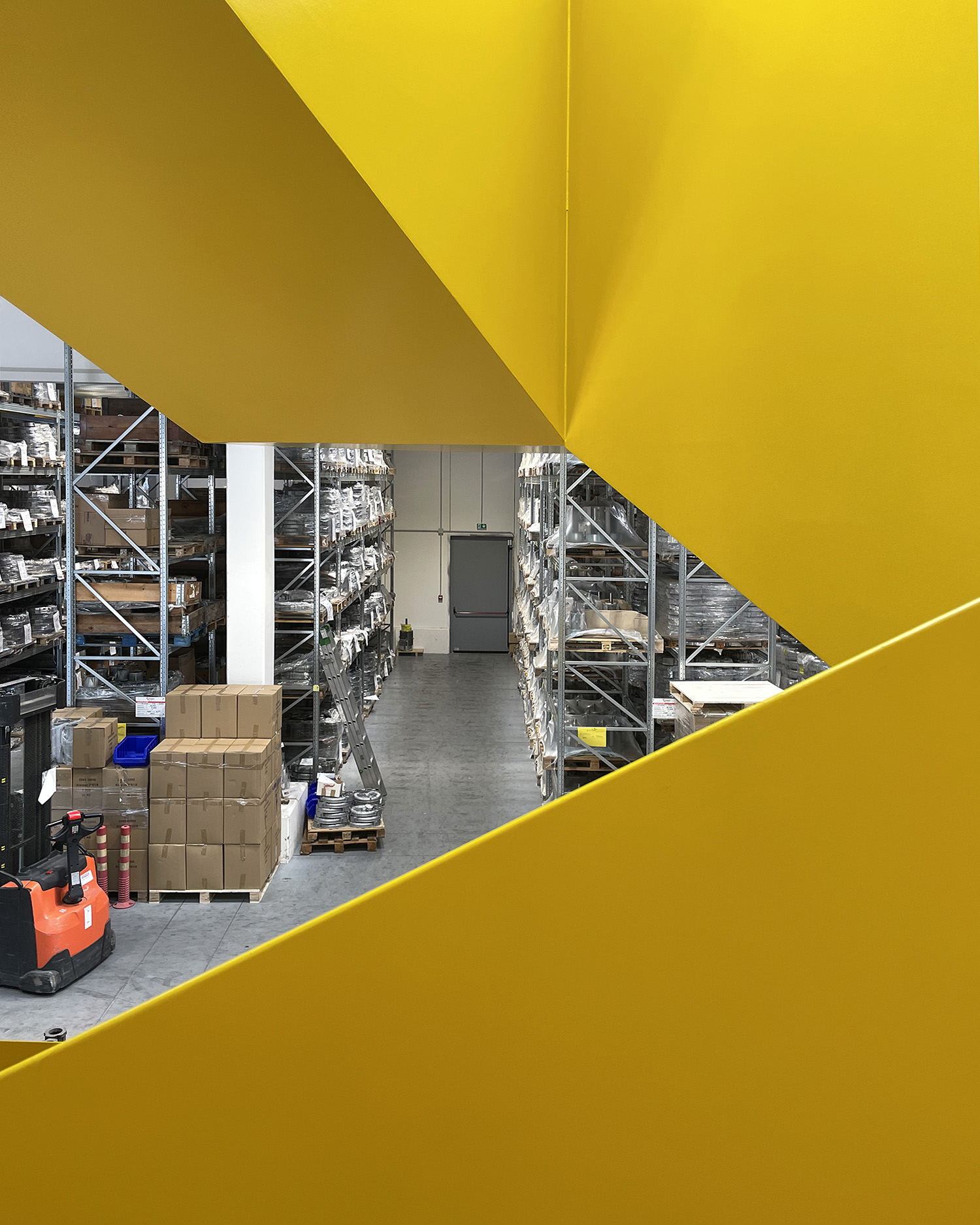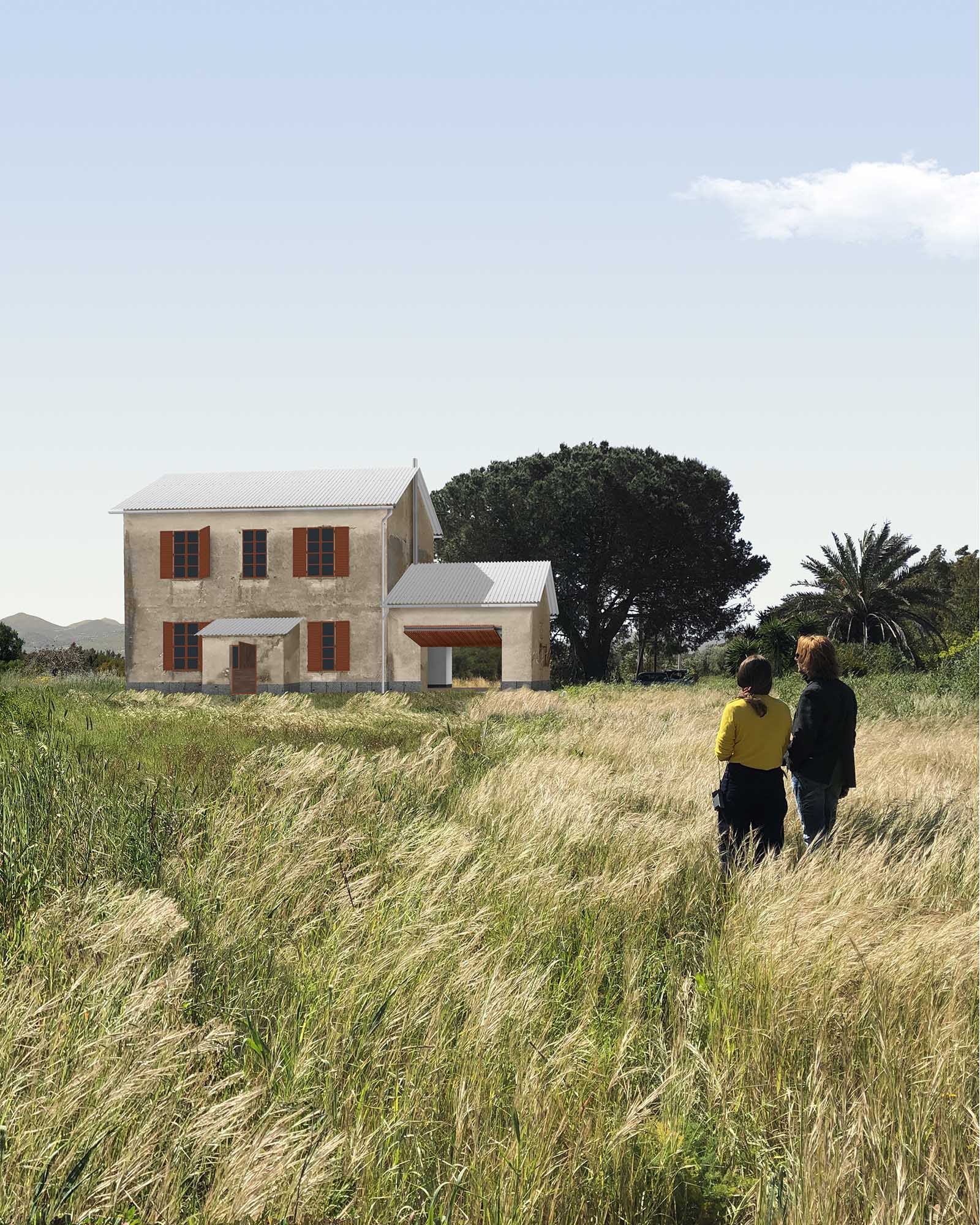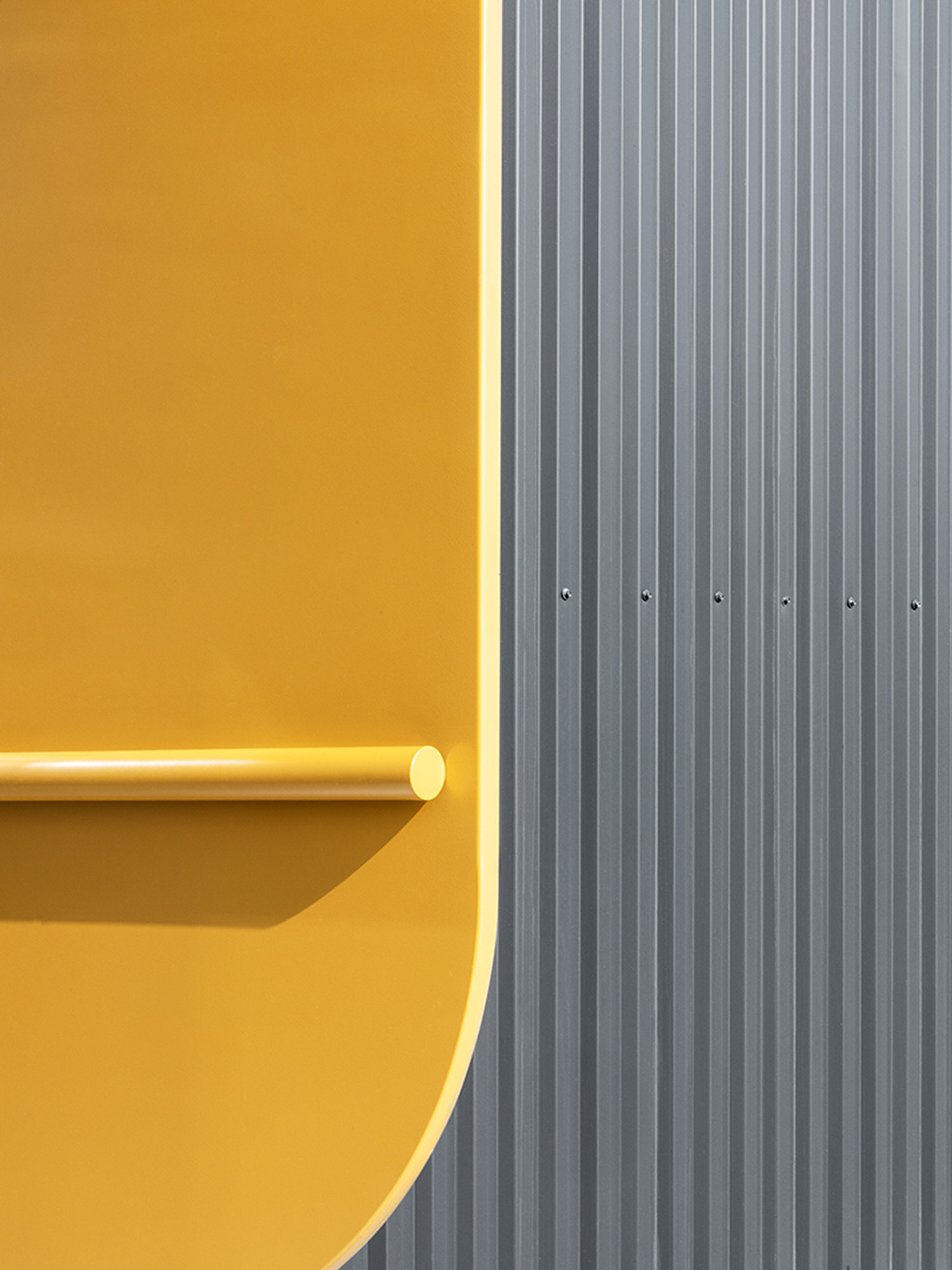

“Altre Metafore” is an experimental workshop of the School of Architecture of Politecnico di Milano that aims to retrace the research carried out by Ettore Sottsass in the early 1970s. “Appunti Spaziali”, temporary architectures inserted into the volcanic landscape of Lanzarote island retrace the question that haunted Ettore Sottsass: “What relations can there be between people, thoughts and the space where they stand?”
If the question is always the same, the answers cannot be the same anymore. Globalization, new media, climate change and the new recentness are rewriting the anthropological value of our existence and therefore of our projects. Altre Metafore is a challenge that accepts failure and doesn’t claim to give answers, but wants to recover time for reflection and critique that especially the new generations can intercept.
Vuoi una casa calda o un fuoco per scaldarti? 1-Vuoi una casa calda o un fuoco per scaldarti?
Do you want a warm house or a fire to warm yourself? The archetype of the fireplace, a symbol of anthropization and domesticity, the center of dwelling and the fulcrum around which daily rituals take place, becomes an opportunity to question the meaning of dwelling. A square sheet supported by four slender wooden pillars casts on an expanse of fine white shells a deep shadow that, interrupted in the center by a triangle – the fireplace – becomes itself a metaphor 2-Vuoi una casa calda o un fuoco per scaldarti?. The wind, incessant on the island of Lanzarote, vibrates the shadow, and the sun, blurred by the constant passage of clouds, reveals and conceals the fireplace. If fire represents humans’ achievement and it’s a symbol of progress, what’s its meaning for contemporary humans? The precarity of the fireplace allows a reflection on the “unbalancing” condition that characterizes contemporary society and the human/space relationship, more and more related to the emotional sphere. 3-Vuoi una casa calda o un fuoco per scaldarti?
Project by: Maria Vittoria Grillo, Robin Host, Francesca Longo, Marianna Maggioni, Lorenza Manco, Maurizio Marassi, Margherita Mariani, Leonhard Thumann
Balcone per appoggiarsi all’orizzonte 4-Balcone per appoggiarsi all’orizzonte
Balcony to lean on the horizon. The balcony, the archetype that contains the inside and the outside, that stands between the public and the private. It’s chosen to narrate the multiple identities of contemporary man, often torn between a sense of belonging and nomadism, between desire and fear to stay, between tension and the need to leave his land 5-Balcone per appoggiarsi all’orizzonte. This condition is embodied by the conformation of Lanzarote island, where violent and contrasting scenarios coexist in the same place. A balcony placed on a foreshore, or rather, on a shoreline -area and not line- is arranged as a boundary between two strong subjects of the landscape, the sand and the ocean, evoking, in a metaphorical key, the tension congenital in the man of all times. A balcony facing the sunset, the horizon, the uncertain, new possibilities and new experiences. A balcony as black as the sand that steals space from the ocean. 6-Balcone per appoggiarsi all’orizzonte
Project by: Armin Aschenbrenner, Chiara Castellano, Diletta Ciuffi, Giorgia Concato, Max Gicklhorn, Marta Ureña González, Beatrice Utano, Benedetta Vitale
Recinto per fermare il tempo
Fence to stop time. The primordial lands of Lanzarote resonate with ancient practices. In ancient times, the island’s indigenous tribes expressed their vision of the sacred through the archetypal efquene, a ritual enclosure with a central layout that was arranged around an idol, defining a magical and protected territory. The memory of this ancestral ritual allows us to reflect today on man’s relationship with landscape and time, inevitable horizons of a contemporary reflection on divinity. The region of the mataburros, majestic and fragile basaltic rocks subject to wind erosion, becomes the ideal space to express the project’s theme. The fragility of this mythical land is interpreted as a metaphor for a condition to be preserved, raising questions about an imminent future in which the consumption of natural resources will mark a new era for the planet. The sacred enclosure closes around one of these rocks destined to disappear: another space takes form, made penetrable through twelve trilithic portals, shielded by light curtains moved by a merciless wind. Between the folds of the mataburros, icon of a fragile divinity, is, by antithesis, placed an egg, a totemic and ancestral element, which refers to fecundity, life and the eternal. The interpenetration of the two symbols thickens the question and multiplies the possible answers. 7-Recinto per fermare il tempo 8-Recinto per fermare il tempo 9-Recinto per fermare il tempo 10-Recinto per fermare il tempo 11-Recinto per fermare il tempo
Project by: Nicolò Buizza, Beatrice Carraro, Davide Libretti, Gregorio Minelli Vacchi, Rosita Palladino, Alessandro Pasero, Pietro Rava, Giada Zuan
Scala per salire l’abisso
Staircase to raise-up the abyss. The staircase is a spatial archetype that makes it possible to ascend or descend to another condition. Such reflection comes to life through the design of a “horizontal staircase,” an infinite line that allows one to rise and sink at the same time. The hostile territory of Playa de Famara, in Lanzarote, becomes the ideal condition to express, in a metaphorical key, this concept. A space of great contrasts, where it seems that the sea and the land are in a constant struggle for supremacy. During the morning there is no beach, swallowed by the waves, while during the afternoon it seems that that same sea recedes, tired, to return stronger than before during the night. There is, however, a moment when land and sea meet in the same measure, in an instantaneous and precarious balance. A moment where the contrasts seem to resolve and the struggle subsides. It is now that the horizontal staircase opens, a potentially infinite line connecting land and ocean, where the riser is drawn by a red ribbon and the tread is a void. To walk it is an invitation to dive into the abyss, to lose oneself in the chaos, to discuss the diversity between ascending and descending, thus deceiving the fear of striding toward the uncertain. 12-Scala per salire l’abisso 13-Scala per salire l’abisso 14-Scala per salire l’abisso
Project by: Carla Ballesteros, Lorenzo Cellini, Valeria Cesti, Luca Comerio, Alessandro Coppola, Pietro Franceschi, Giacomo Fabbrica, Martina Ghidini
Porta verso uno spazio profondo
Gateway to a deep space. “Porta verso uno spazio profondo” expresses through a stereometric element that typical human attitude of making domestic what surrounds him. The volcanic origins and geological conformation of Lanzarote refer to an “extra-terrestrial” dimension that recalls in its colors, matter and primitive character the planet Mars, thus becoming the pretext for imagining a ” far away” space. The cave, the absolute archetype of the dwelling, becomes a metaphor for this unexplored space, this condition of continuous search that characterizes contemporary human beings. A staircase and a door, defined by a geometric grid of taut wires, are leaning against a rock wall and mark the entrance to this new space, this cavern, emphasizing the passage to “other” realities. 15-Porta verso uno spazio profondo 16-Porta verso uno spazio profondo 17-Porta verso uno spazio profondo 18-Porta verso uno spazio profondo
Project by: Sara Bescós Paz, Matteo Braghin, Nicolò Lastrico, Camilla Sala, Nicolò Signori, Benedetta Vaghi, Marta Valentino, Francesca Villa
Stanza per superare i propri limiti
Room to overcome one’s limits. The primitive condition of contemporary man is investigated through the archetype of the limit. A series of holes, the Hoyos, dug in volcanic ash for the cultivation of vines that are scattered across the Geria landscape, underscore contemporary man’s repeated inability to overcome his primitive condition. An everted room, with black sand walls defined by a series of cochineal-colored wooden poles, becomes an open-air room acquiring the typical characters of domesticity. Elements of an interior – a white salt carpet, a computer for communicating and a pillow with a technological surface – make this space a room to inhabit, a “room to overcome one’s limits.” Contemporary human beings live it, occupy it and make it their own through a series of daily gestures and rituals that allow them to rewrite the limits dictated by new technological instances. 19-Stanza per superare i propri limiti 20-Stanza per superare i propri limiti 21-Stanza per superare i propri limiti 22-Stanza per superare i propri limiti
Project by: Valentina Acerbis, Matteo Ferrè, Nicola Gamba, Ángeles Grau, Simone Pagani, Martina Salari, Maria Vespasiani, Giovanni Zanin
Parete per dare forma ai colori
Wall to shape colors. Lanzarote island presents itself as a landscape of strong color contrasts; the blue of the ocean and the black of the volcanic sand, the red of the lava rocks and the green of the vegetation. Contemporary man is overwhelmed by such a nature and through the archetypal wall expresses his attempt to establish a rule, to shape the different chromatic identities of the island. Three flat vertical elements, the only signs of man within a protagonist landscape, become the constant through which to read and distinguish contrasting realities through geometry. The wall thus becomes an “ordering” device that seeks, through a constant principle – the geometric holes on the black cloth that covers the wall – , to describe the nature of the island and interprets the human/nature relationship in a contemporary key. 23-Parete per dare forma ai colori 24-Parete per dare forma ai colori 25-Parete per dare forma ai colori
Project by: Martina Calamonici, Valeria Carminati, Giacomo Cassani, Teresa Maria Civati, Francesca Sara Colella, Riccardo Rivolta, Andras Sztano
C’è sempre una casa per i tuoi rituali
There’s always a home for your rituals. The Quesera is an ancient form of solar calendar, consisting of a set of basalt rocks carved and aggregated in such a way as to measure the passage of time. A site of pagan rituals, the memory of which has been lost over the centuries. The settlement now stands out in a pristine landscape of stones and thorny shrubs, where geometric shapes and deep furrows emerge to remind us of the distant passage of man. Such space becomes a metaphor for a foundation, a surface that places things in a new dimension. Here humans search for their ancestral identity and find it through the act of arranging domestic objects on the rocks of the Quesera. The natural base is populated with everyday and precious objects at the same time, telling of an intimate and ritual sphere that belongs to the human condition of all times: home. A colorful runner, whose weave is inspired by the traditional clothing of Lanzarote; a salt carpet, whose African design recalls the remote roots of the indigenous population; a chair, an invitation to pause; a vase, a constant presence in the island’s homes; a mirror, a symbol of the union between heaven and earth; and a curtain, a vertical sign that screens light and shelters from the wind. On the plinth, each individual object is elevated from its everydayness and brings to life a contemporary and ancient domestic ritual. The presences of the house remind man of his primal condition and lead him to question the contemporary idea of progress. Indeed, the plinth elevates and gives sacredness to simple gestures: pausing, mirroring, walking, preserving memories, protecting oneself from the weather, dancing. 26-C’è sempre una casa per i tuoi rituali 27-C’è sempre una casa per i tuoi rituali 28-C’è sempre una casa per i tuoi rituali
Project by: Chiara Cortellazzi, Francesco Csermely, Paula Alejandra Cuadros Gamboa, Maria Chiara Deiana, Federica Dejean, Sarah Del Vecchio, Luca Dellea, Gilda Mela
Politecnico di Milano – School of Architecture
Interior Design Studio 2018-19
Professors Davide Fabio Colaci and Lola Ottolini
Riccardo Crenna, Simona Flacco, Chiara Lionello, Giulia Novati, Paola Ostellino, with Alberto Dapporto and Oliviero Martini
